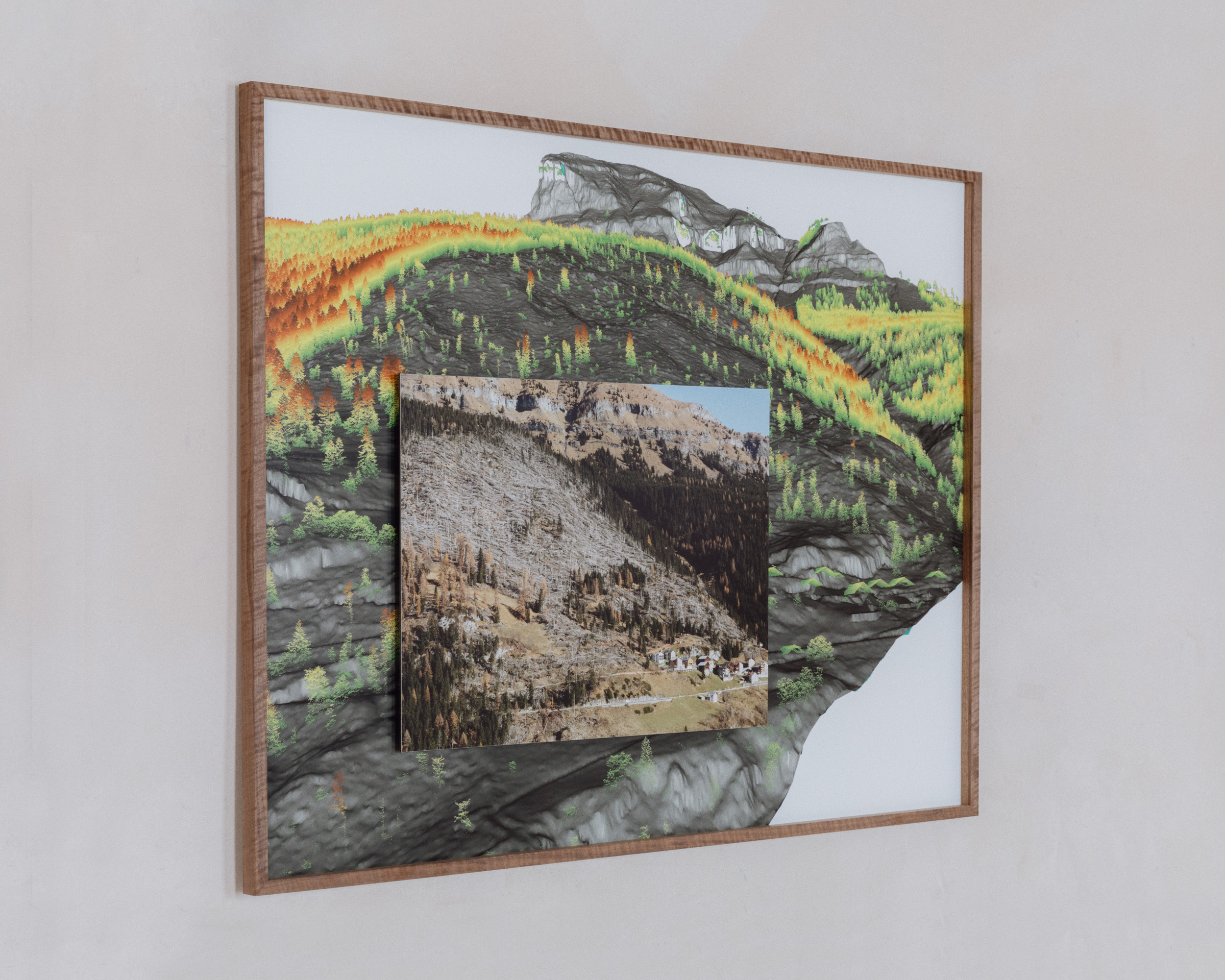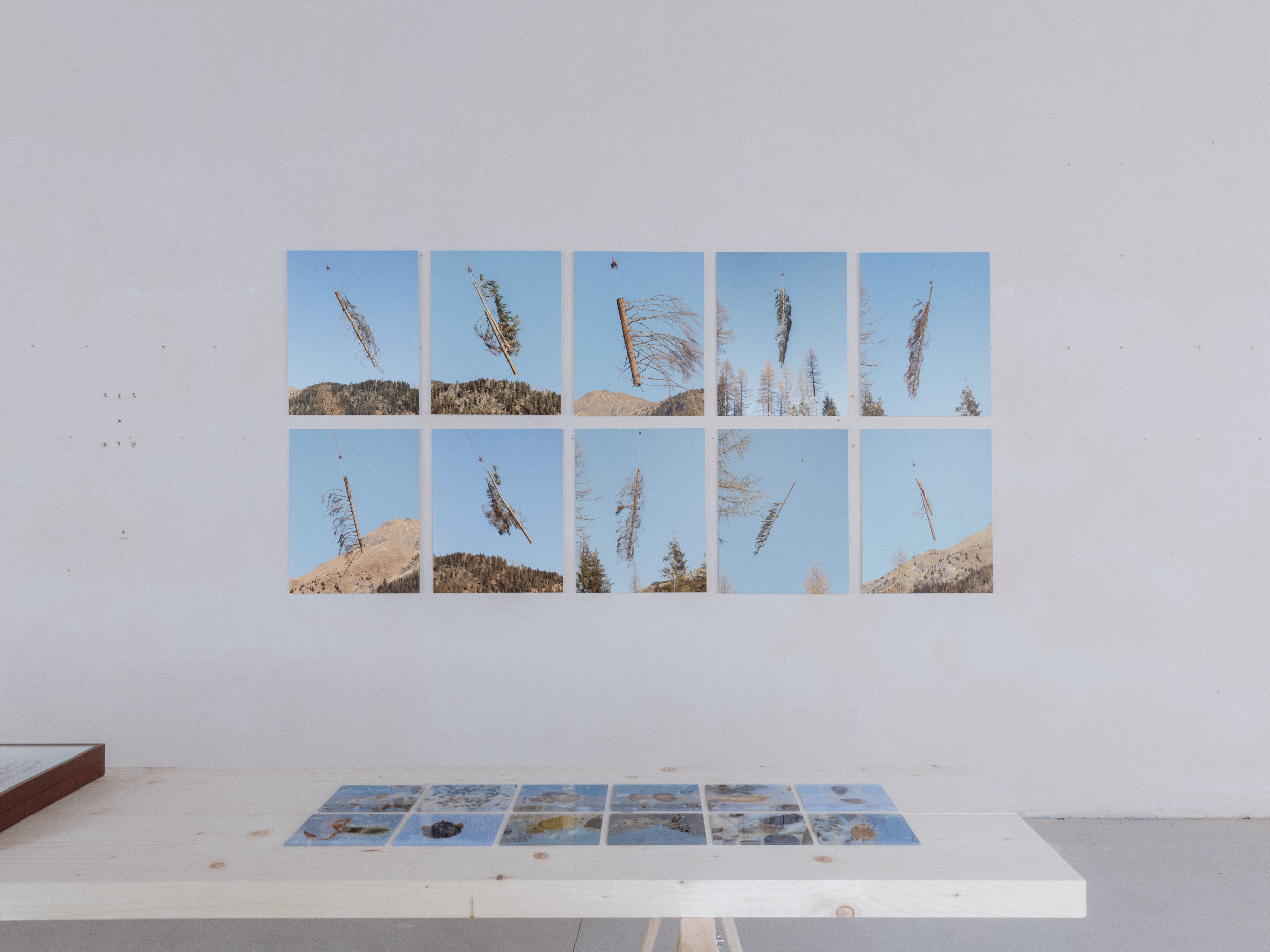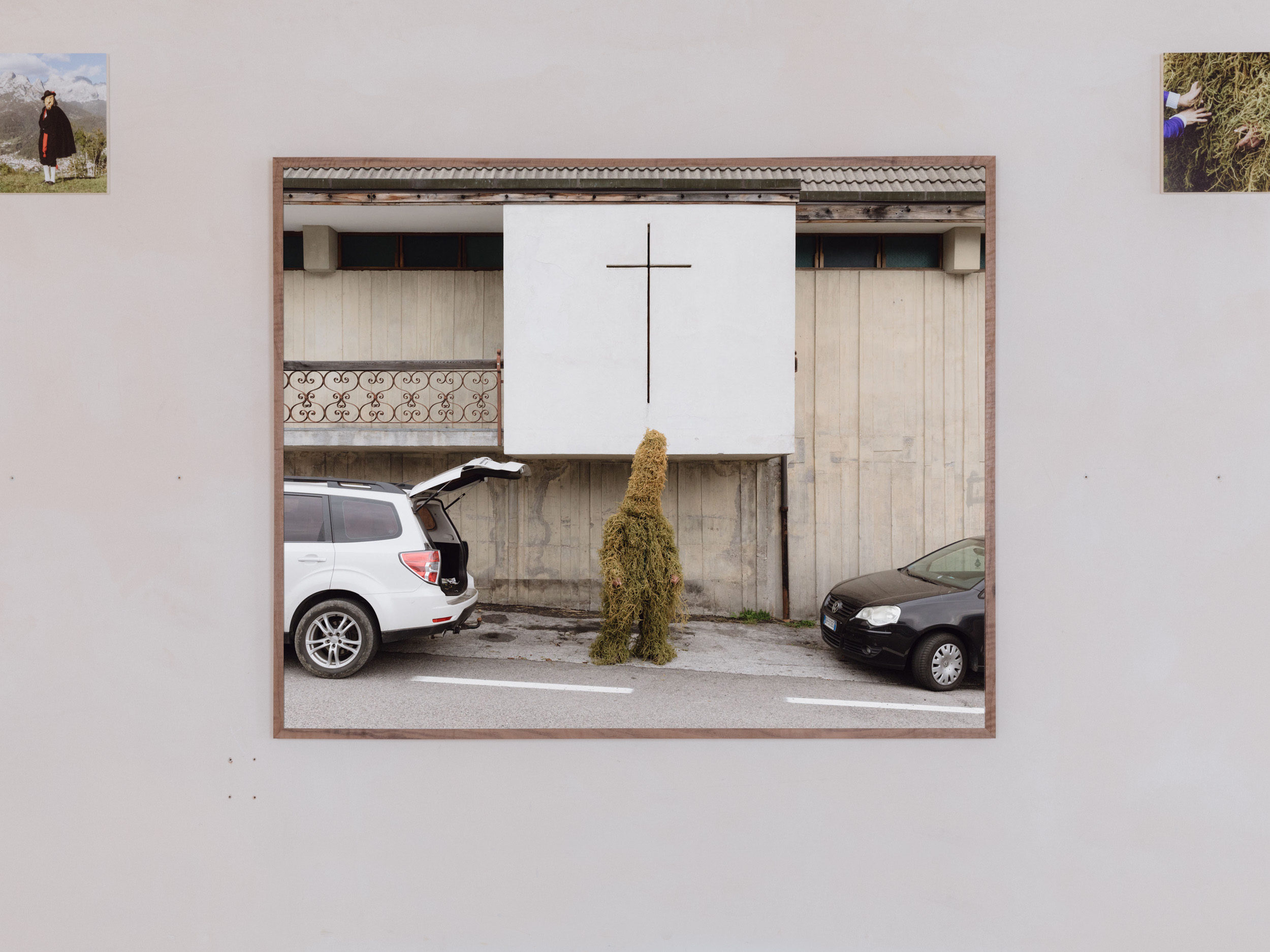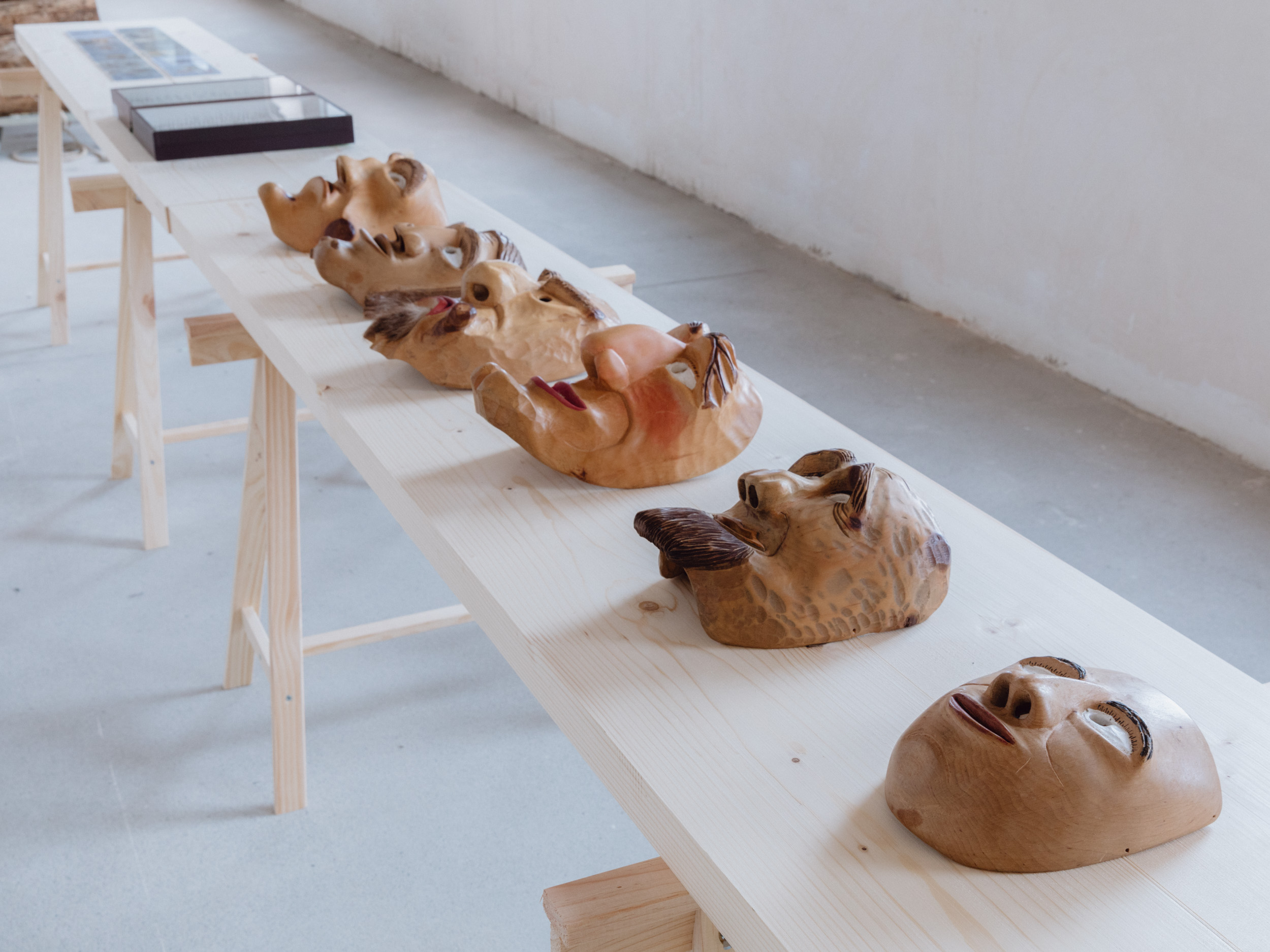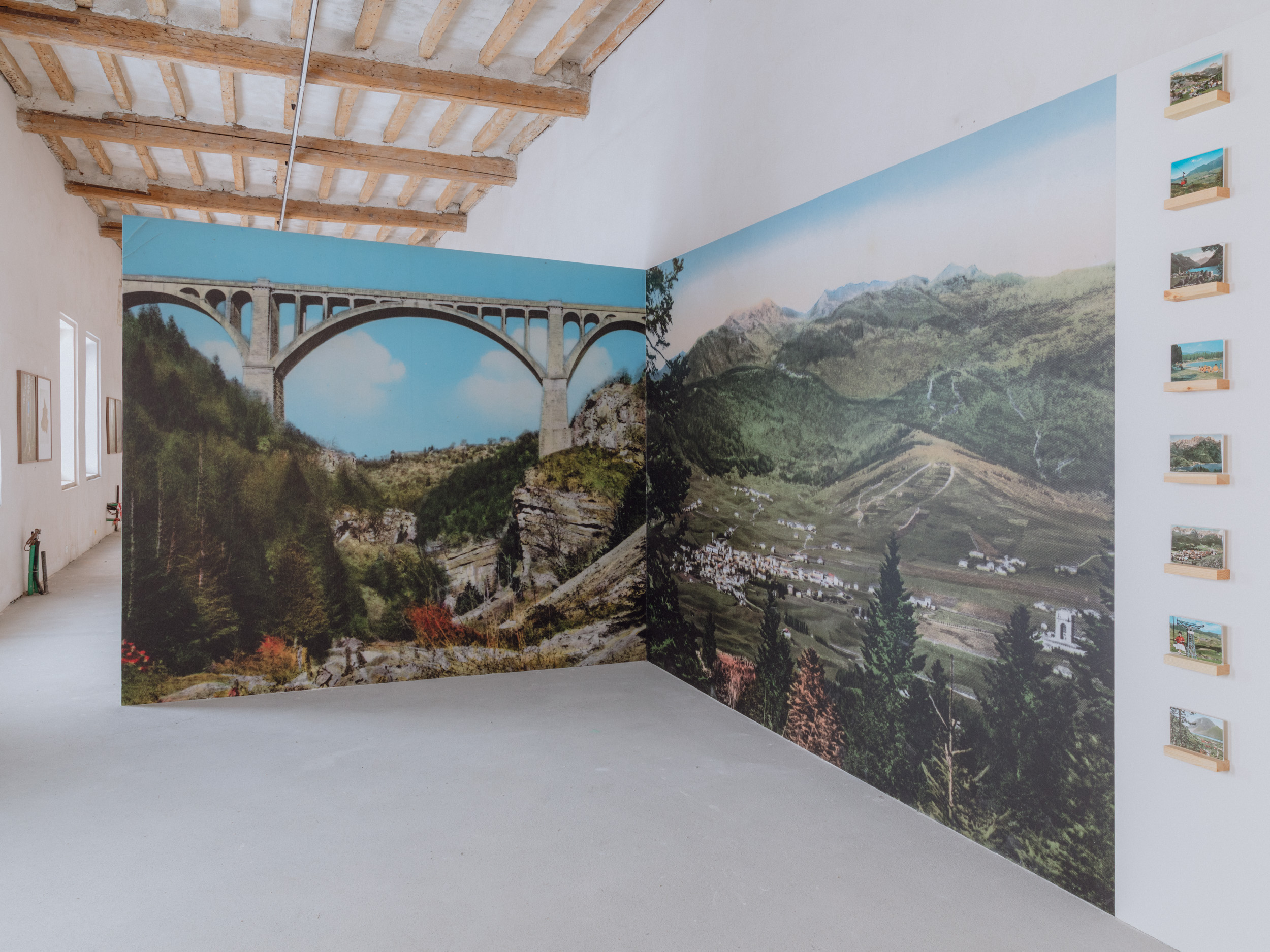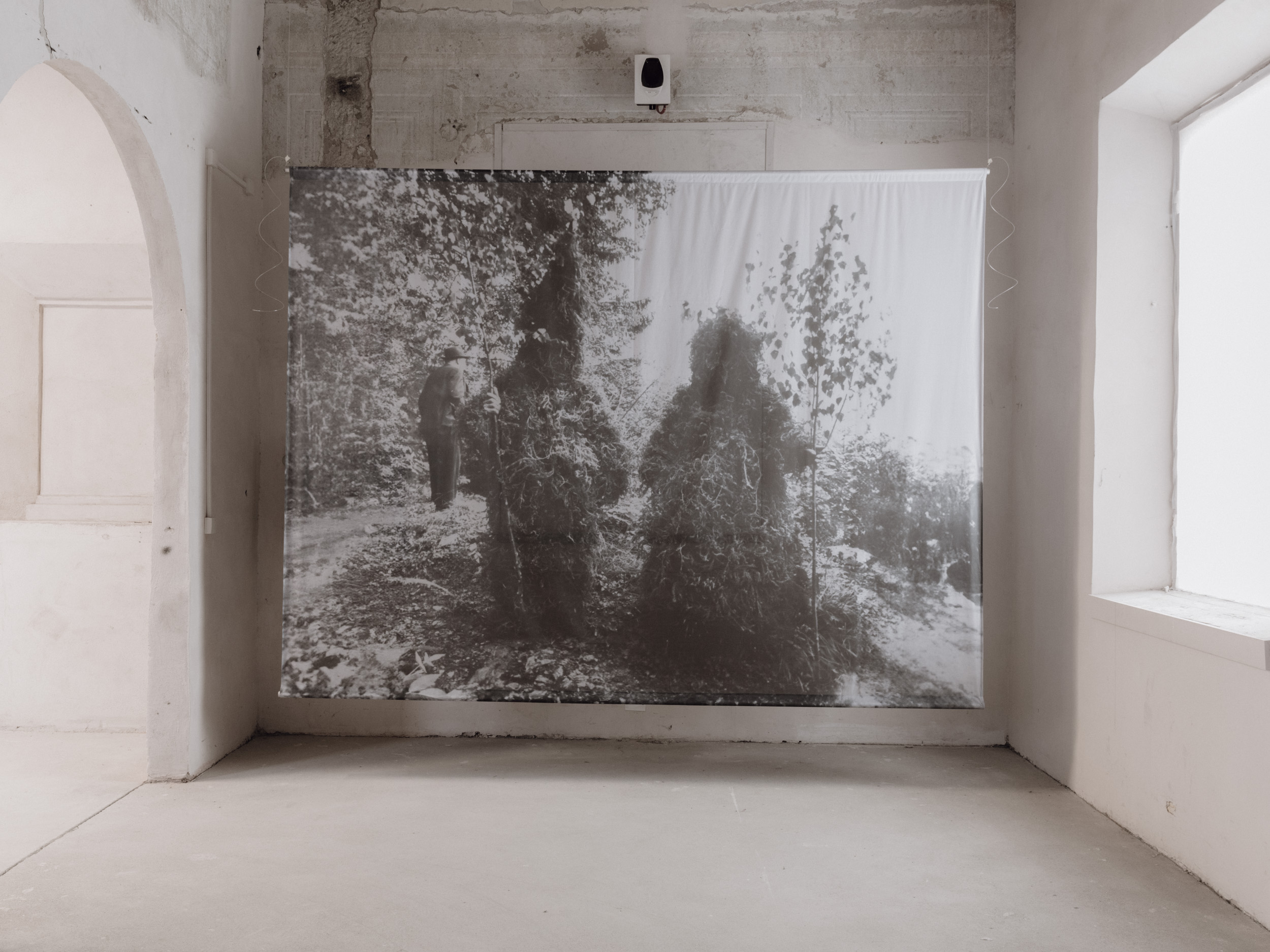There’s no calm after the storm
An extreme weather event hit north-eastern Italy in October 2018. The Sirocco wind blew up to 200 kilometres per hour through the Dolomite valleys, knocking some 14 million trees to the ground. The incessant rain caused torrents to overflow, dragging logs and debris downstream. Overnight, the inhabitants of a number of mountain communities in Trentino, Veneto and Friuli-Venezia Giulia found their cellars flooded and even their houses torn apart by the winds.
More than five years later, the consequences of storm Vaia are still visible and tangible. The slopes of various mountains are barren. The remaining forests have been invaded by the spruce bark beetle: a parasite that feeds on wood. Without the plants, there is no protection against landslides and avalanches. While experts and locals are rolling up their sleeves to try and bring the situation back to normal, the total economic damage has been estimated at three billion euros.
Produced in collaboration with journalist Cosimo Bizzarri, the TESAF and DAFNAE departments of the University of Padua and the ISPA Grant 2021, There’s no calm after the storm investigates the long-term consequences of an extreme weather event and the fragile balance between human action and the resilience of ecosystems.
More than five years later, the consequences of storm Vaia are still visible and tangible. The slopes of various mountains are barren. The remaining forests have been invaded by the spruce bark beetle: a parasite that feeds on wood. Without the plants, there is no protection against landslides and avalanches. While experts and locals are rolling up their sleeves to try and bring the situation back to normal, the total economic damage has been estimated at three billion euros.
Produced in collaboration with journalist Cosimo Bizzarri, the TESAF and DAFNAE departments of the University of Padua and the ISPA Grant 2021, There’s no calm after the storm investigates the long-term consequences of an extreme weather event and the fragile balance between human action and the resilience of ecosystems.
ORDER
![]()
AWARDS
Gabriele Basilico Prize 2025
ISPA Grant Winner
Selected book of 2024 by Internazionale
EXHIBITIONS
Fotografia Europea
Gibellina Photo Road Festival
Cripta 747 (in collaboration with CAMERA)
Istituto Italiano di Cultura in Montréal
PUBLICATIONS
Internazionale
il Post
Society
Lucy sulla cultura
Rivista Studio
Elle
Atlas Aquæ (Osservatorio Mobile Nord Est)

AWARDS
Gabriele Basilico Prize 2025
ISPA Grant Winner
Selected book of 2024 by Internazionale
EXHIBITIONS
Fotografia Europea
Gibellina Photo Road Festival
Cripta 747 (in collaboration with CAMERA)
Istituto Italiano di Cultura in Montréal
PUBLICATIONS
Internazionale
il Post
Society
Lucy sulla cultura
Rivista Studio
Elle
Atlas Aquæ (Osservatorio Mobile Nord Est)
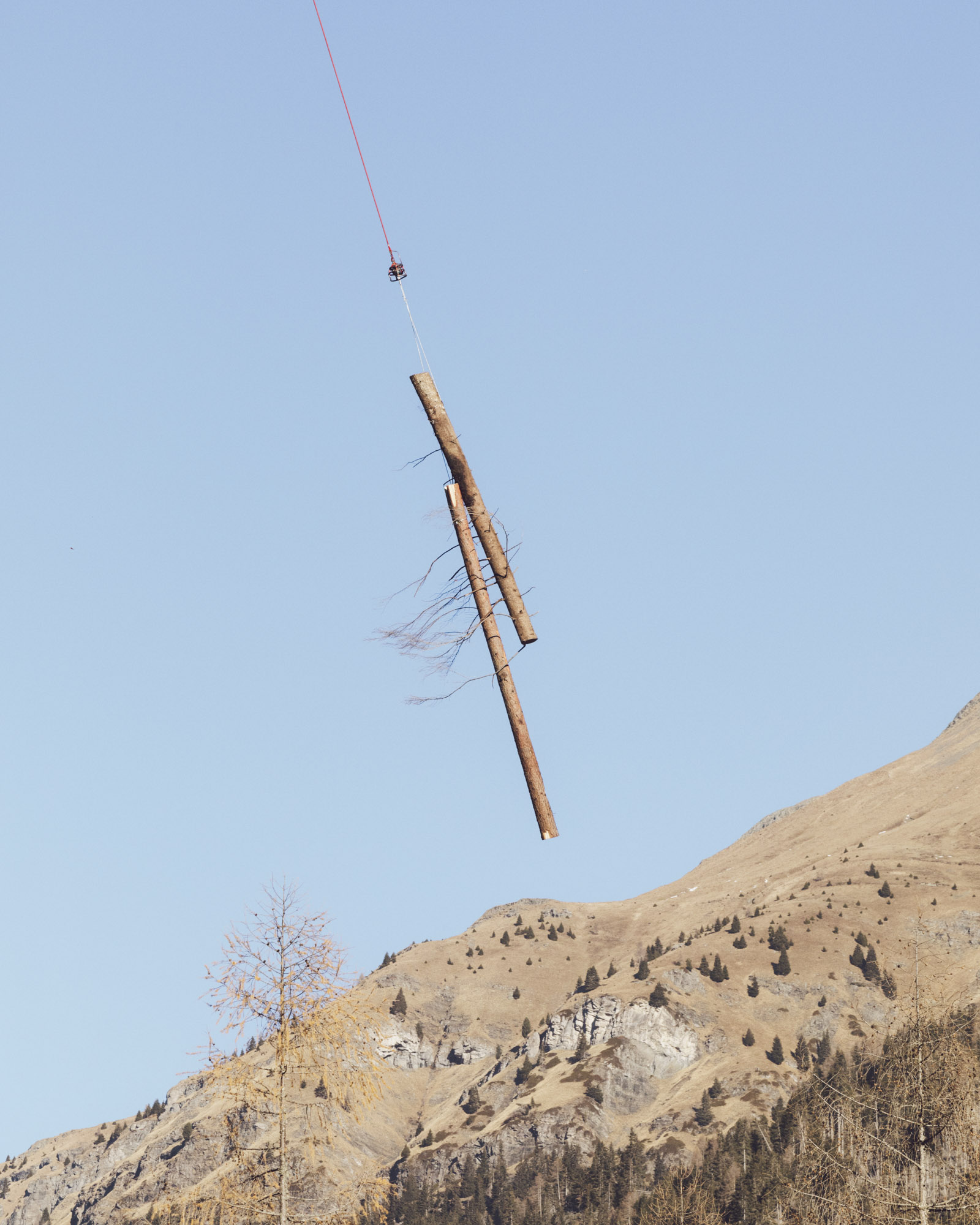
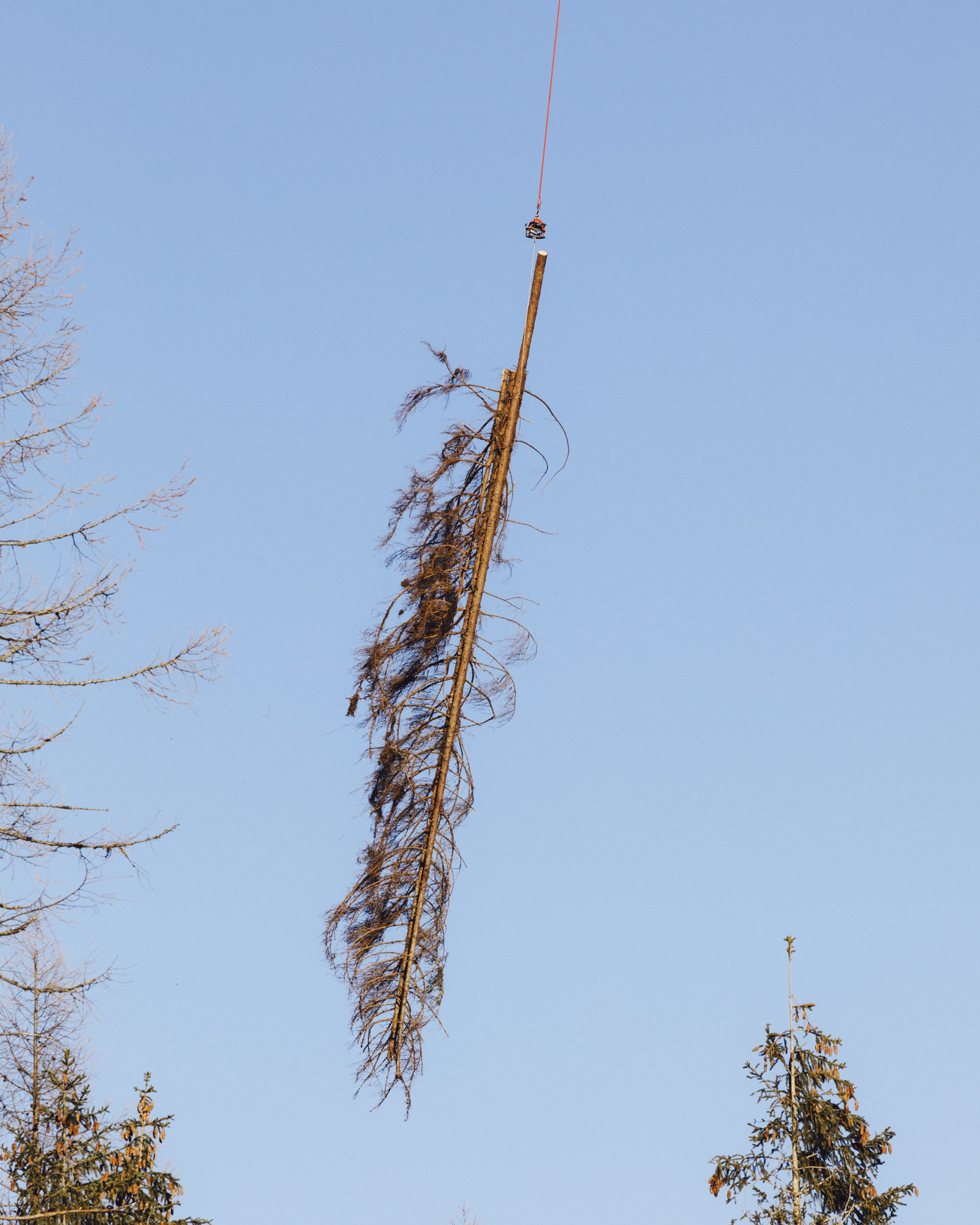
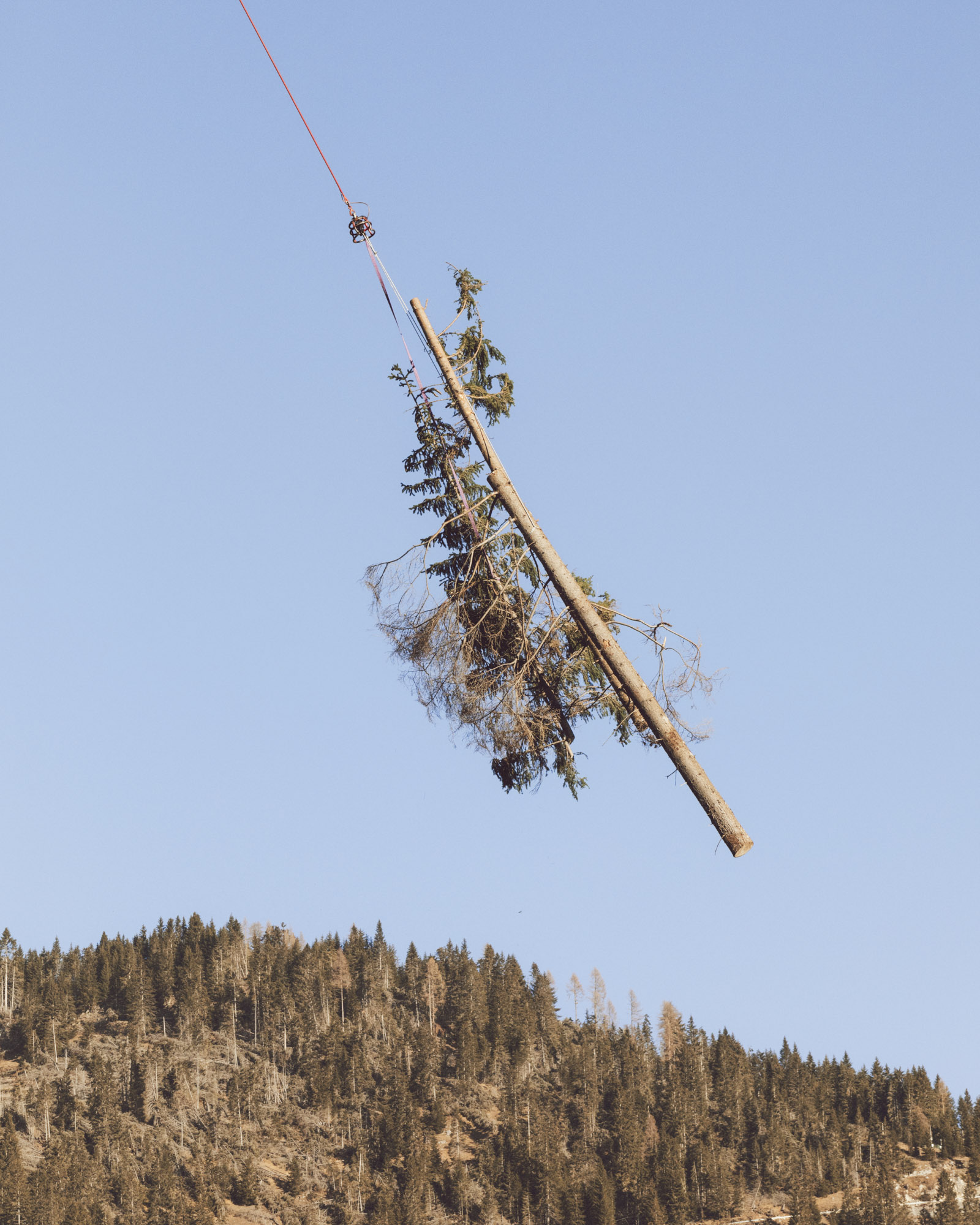
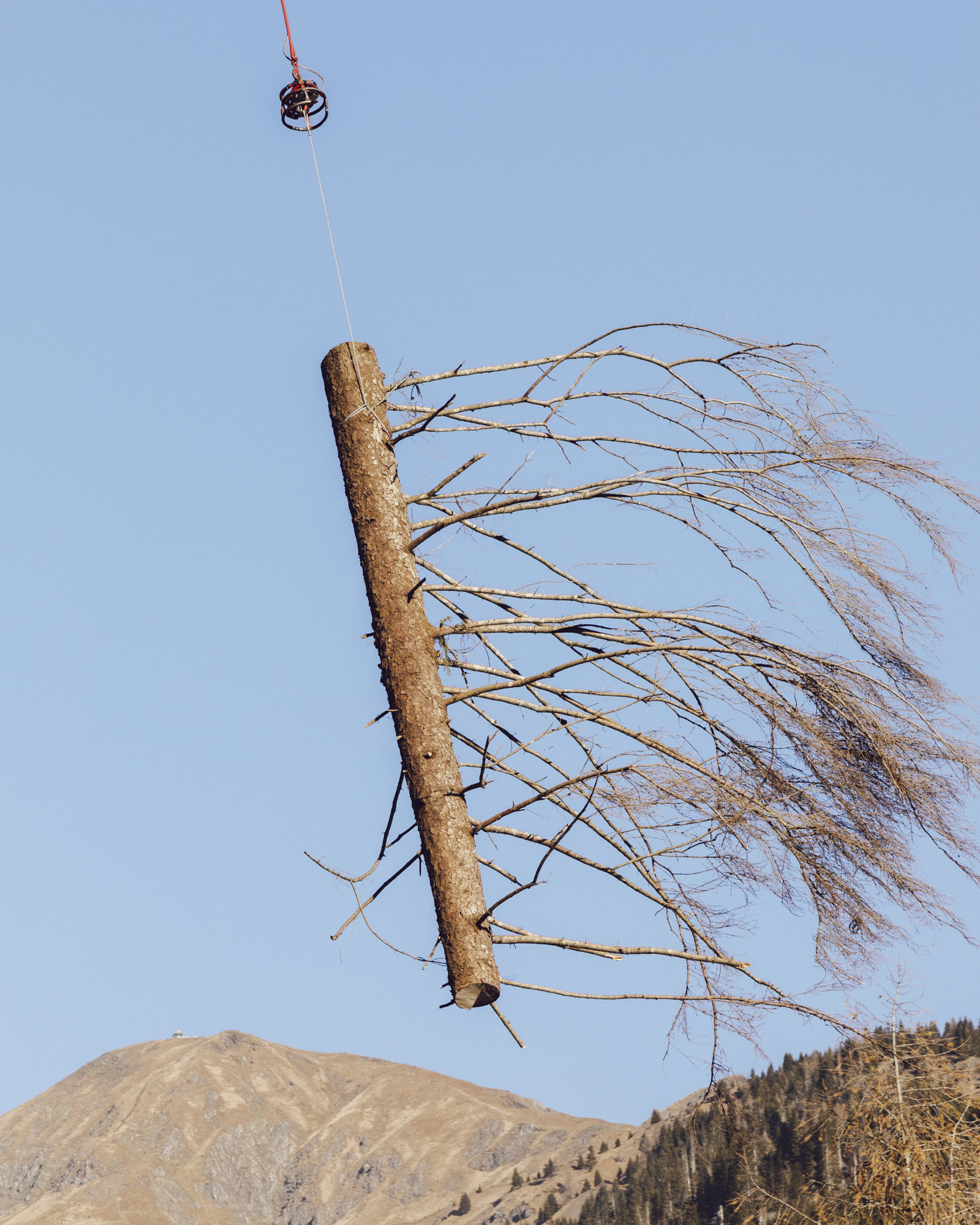
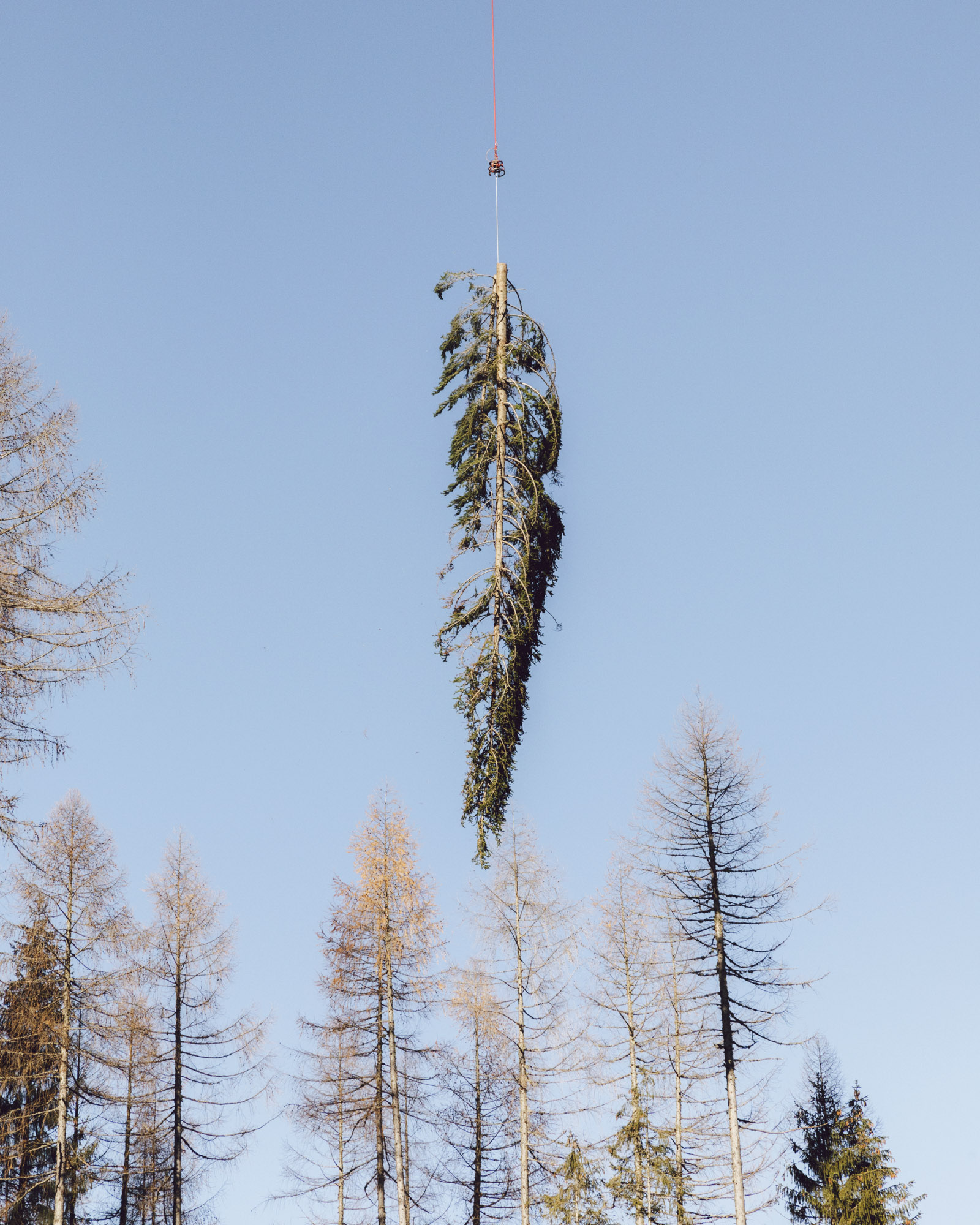



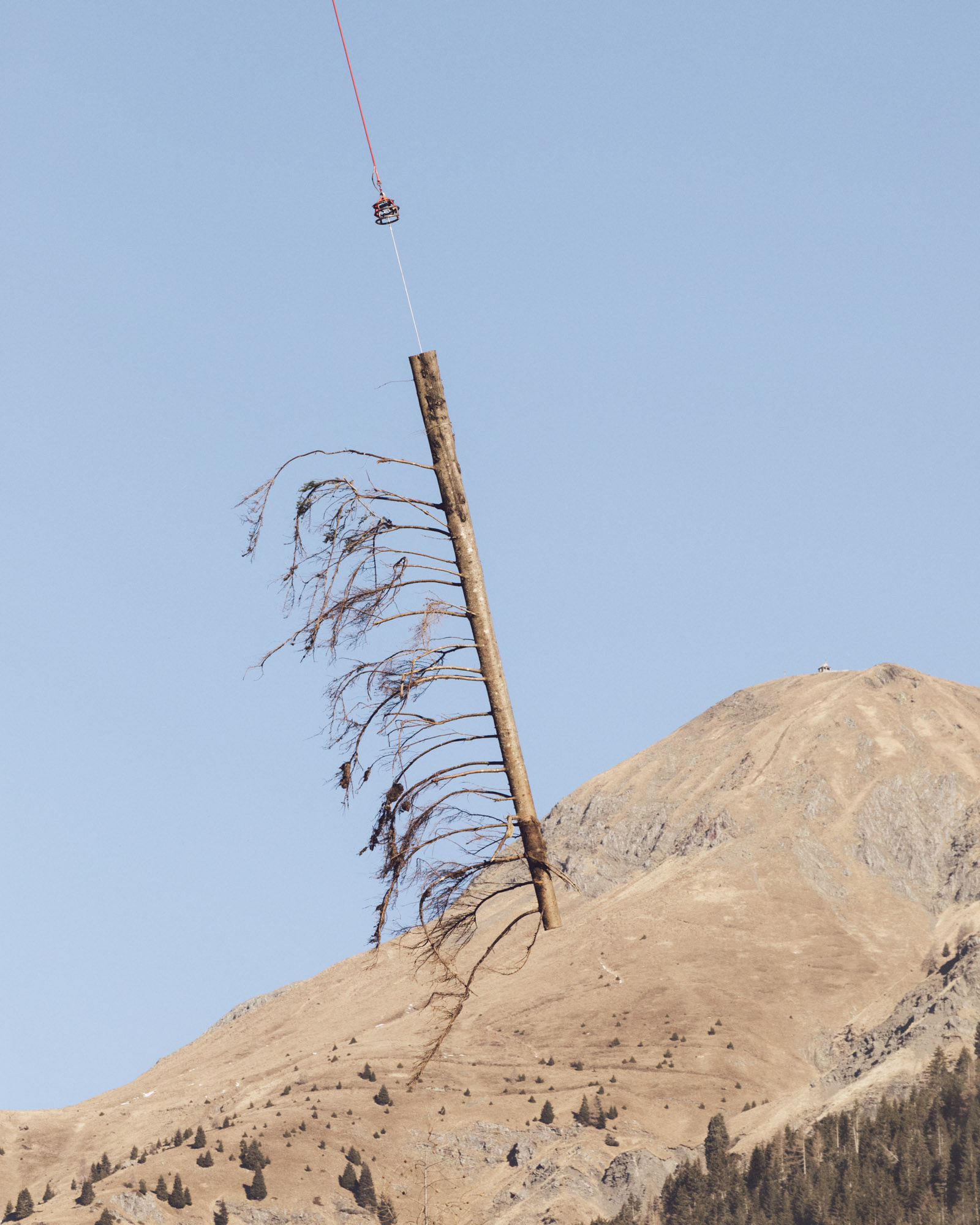

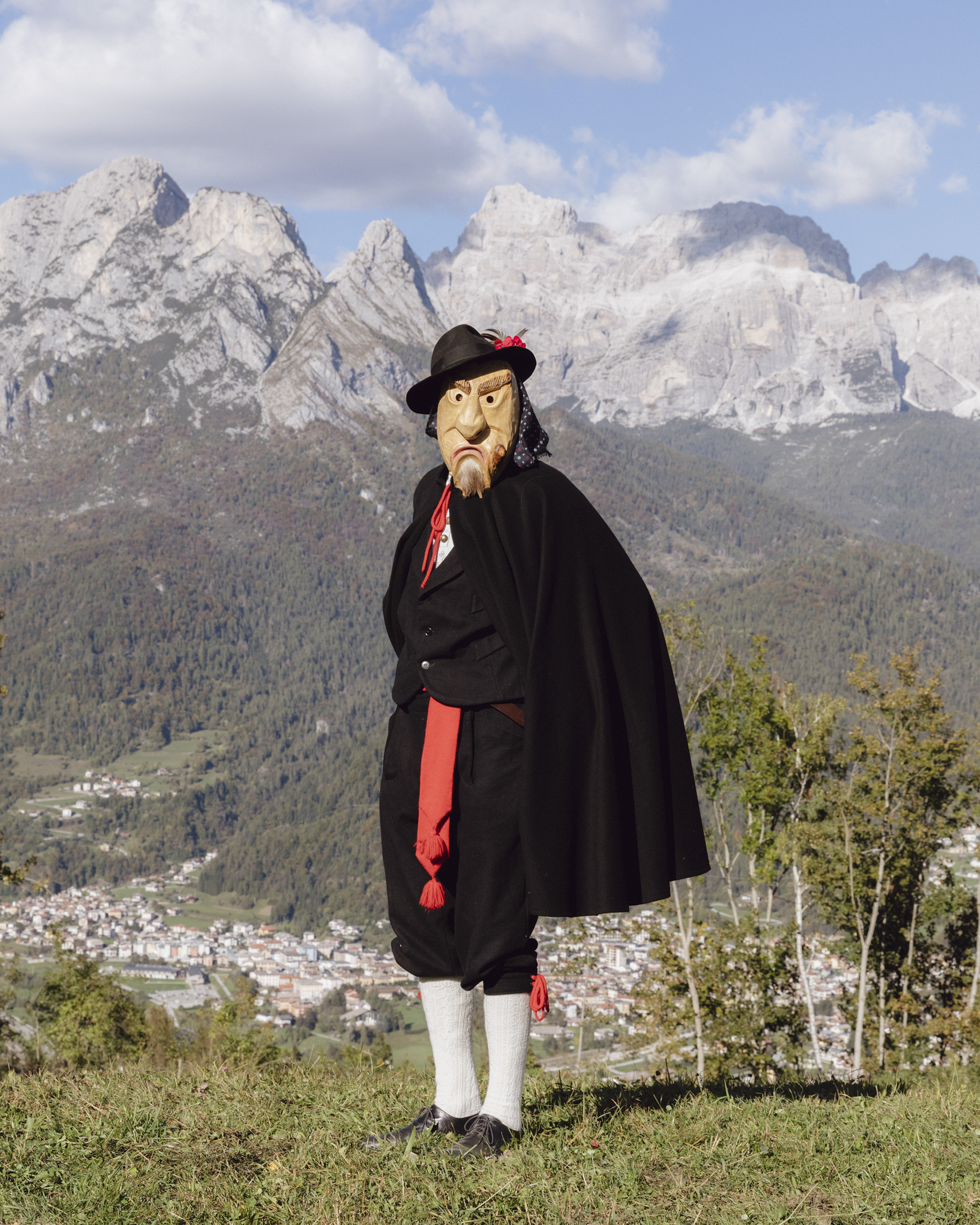

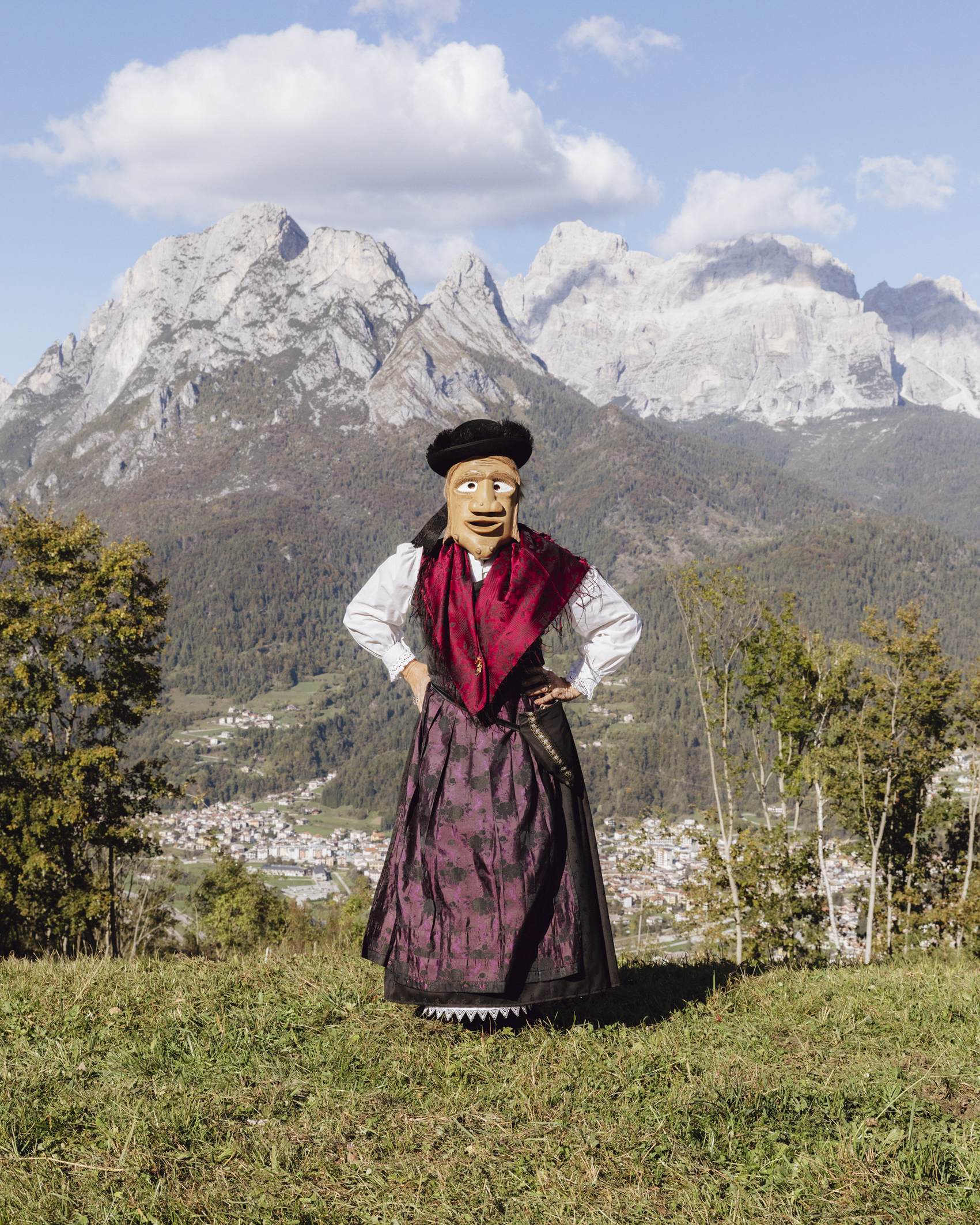
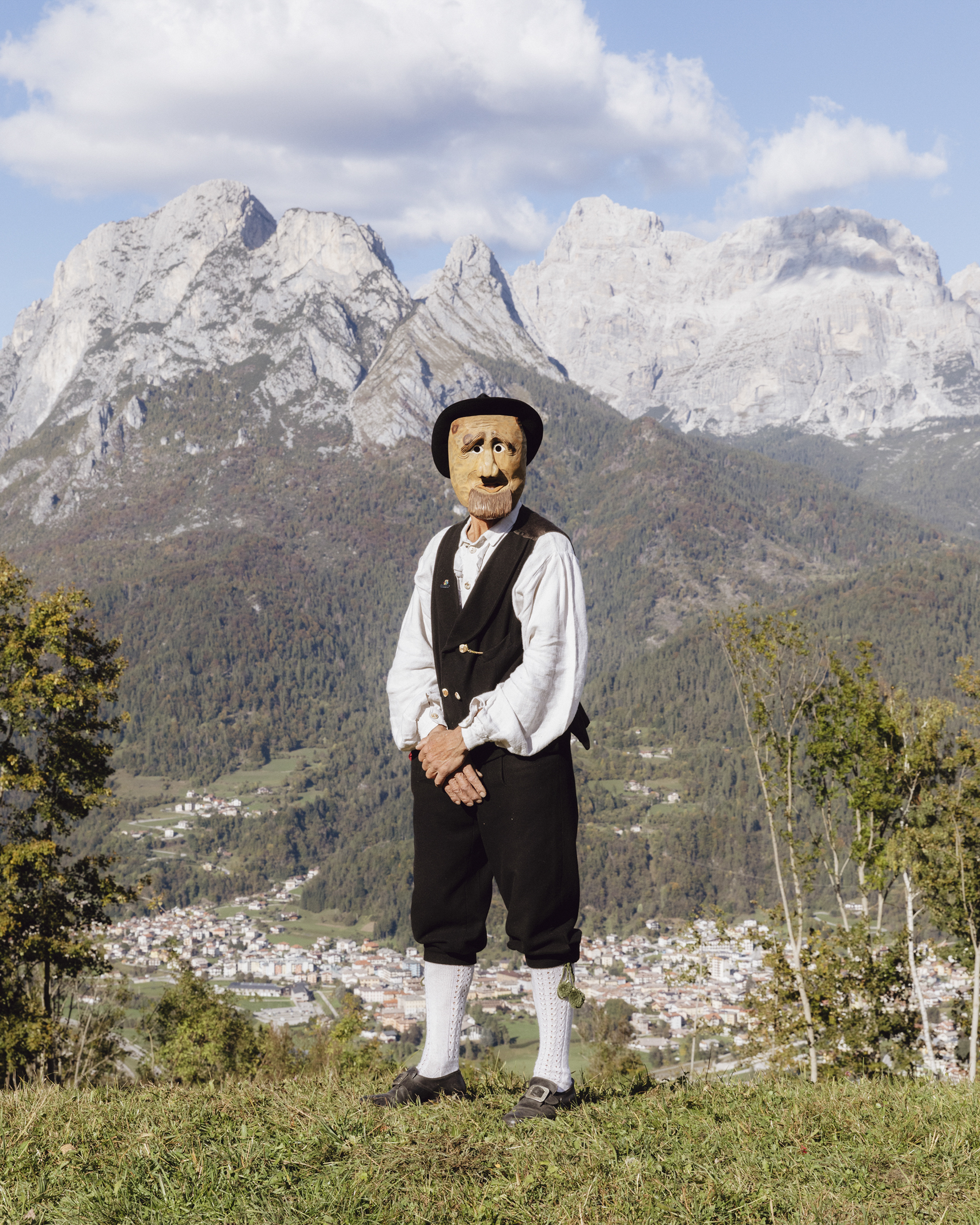
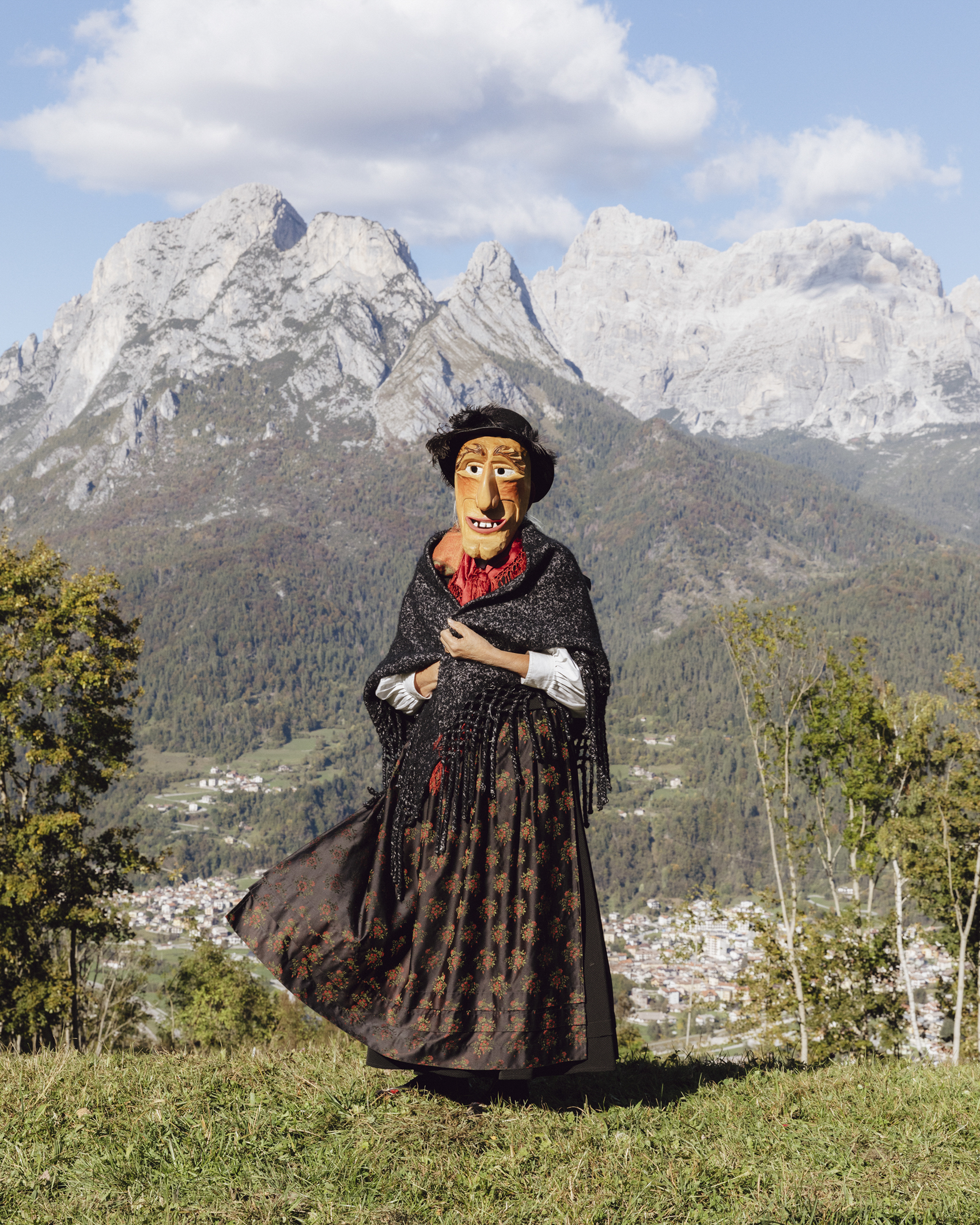
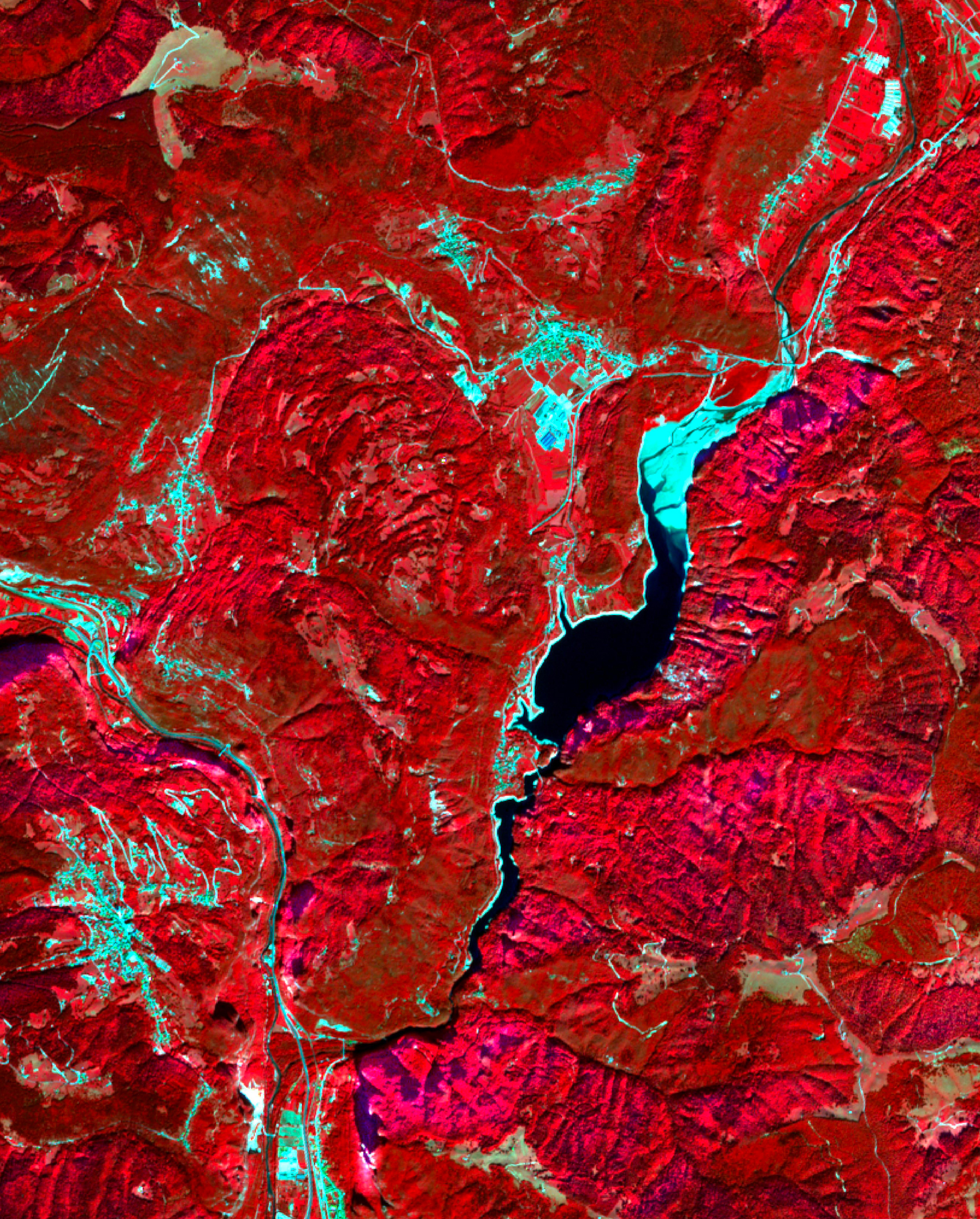
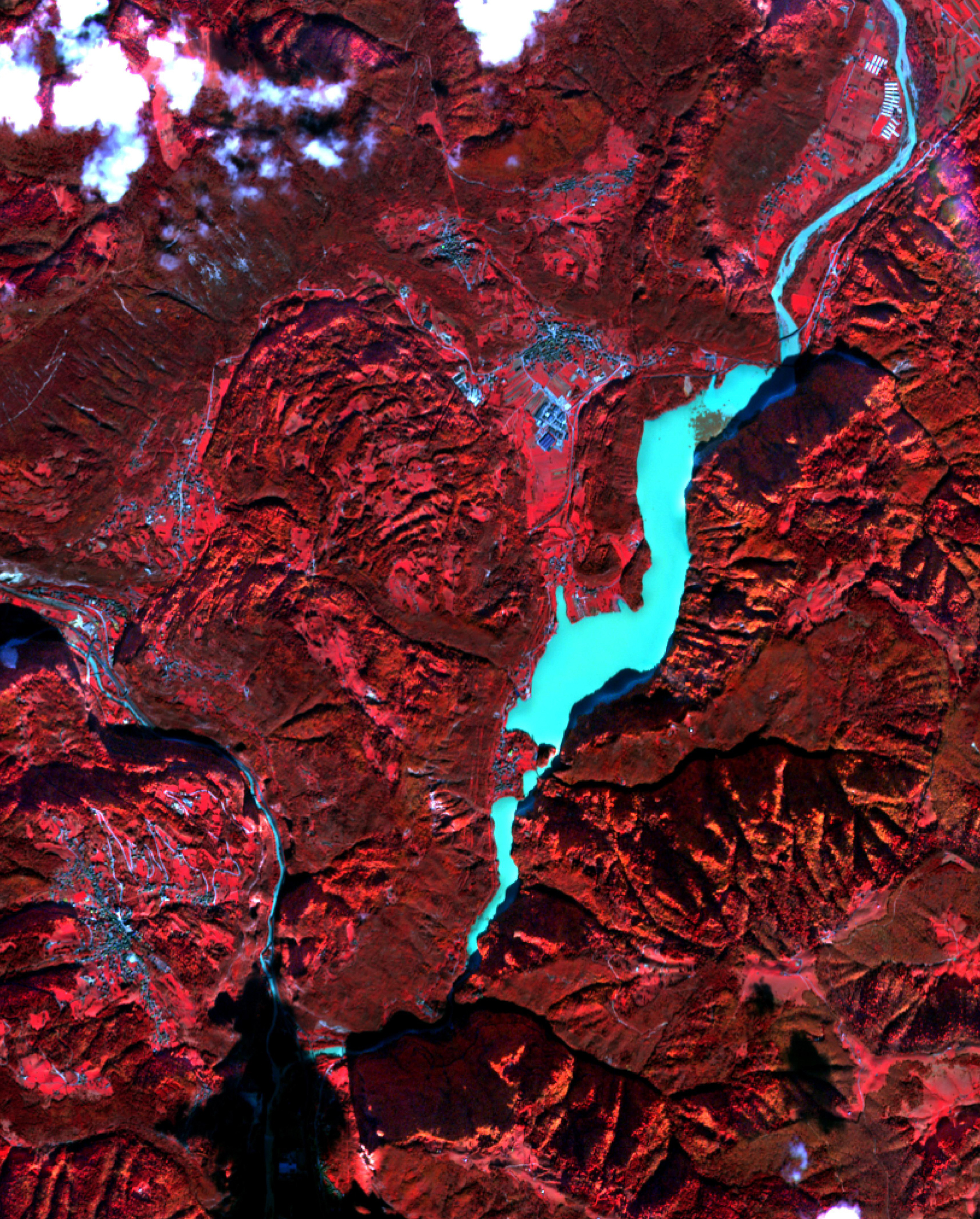
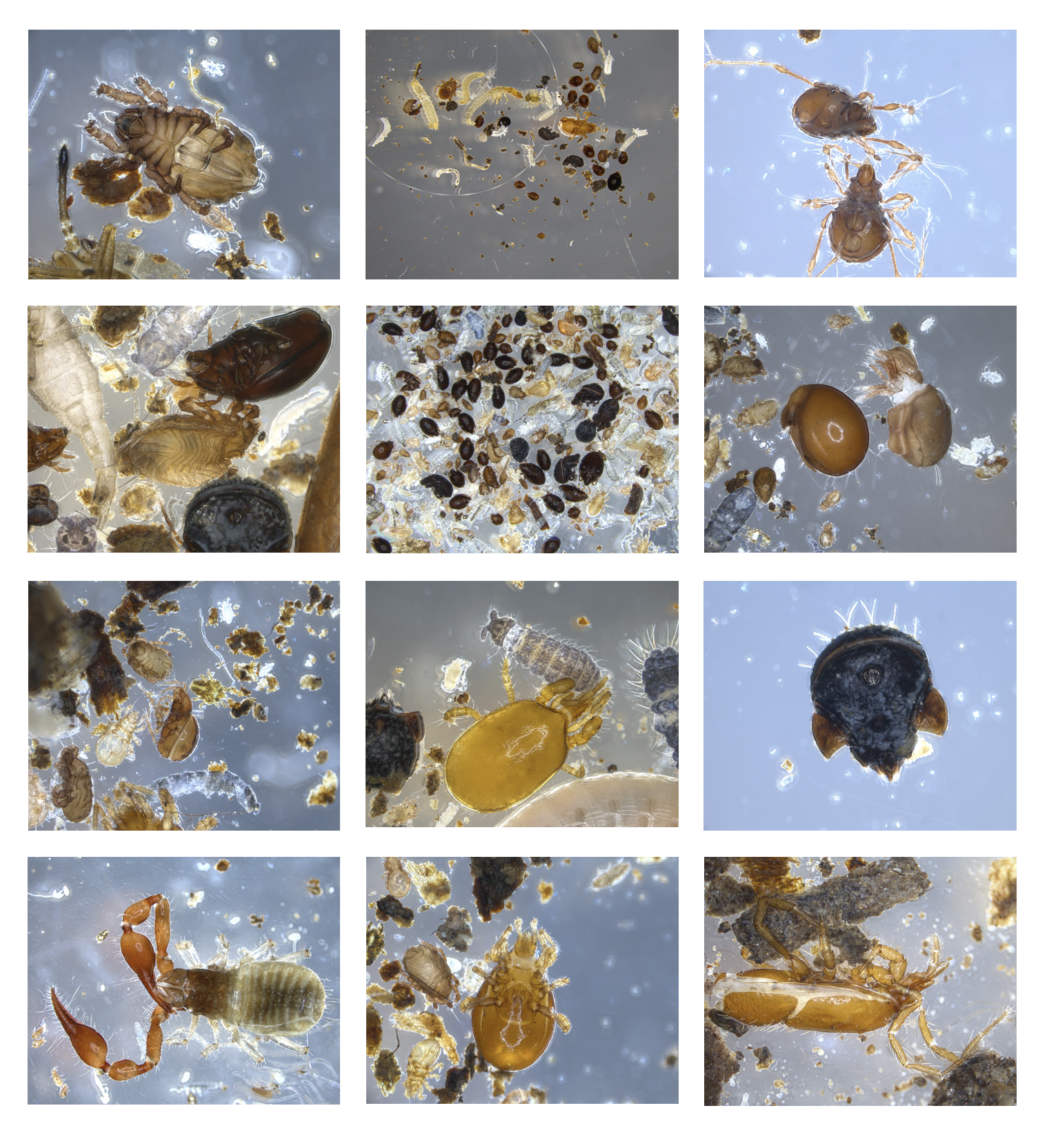
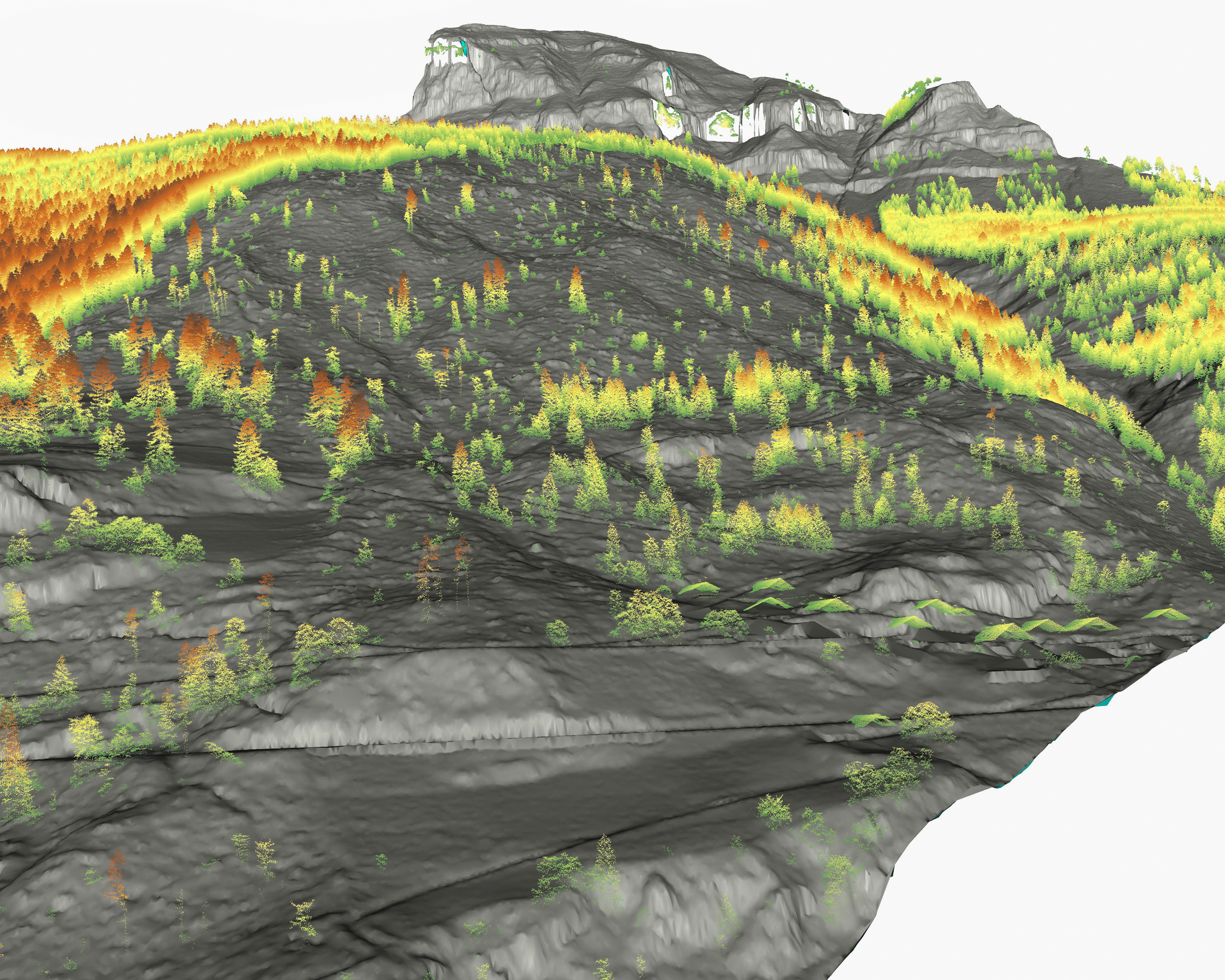

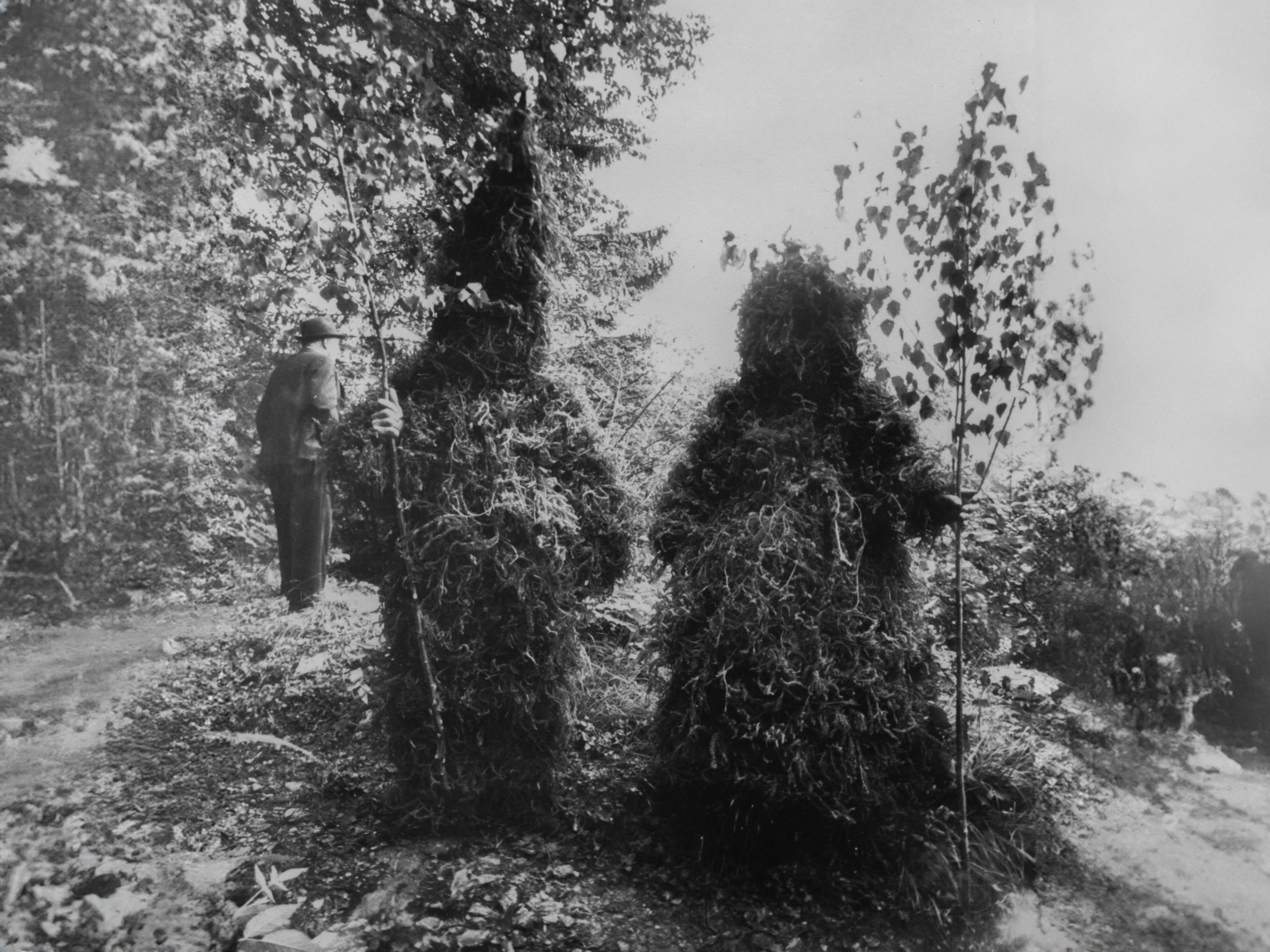
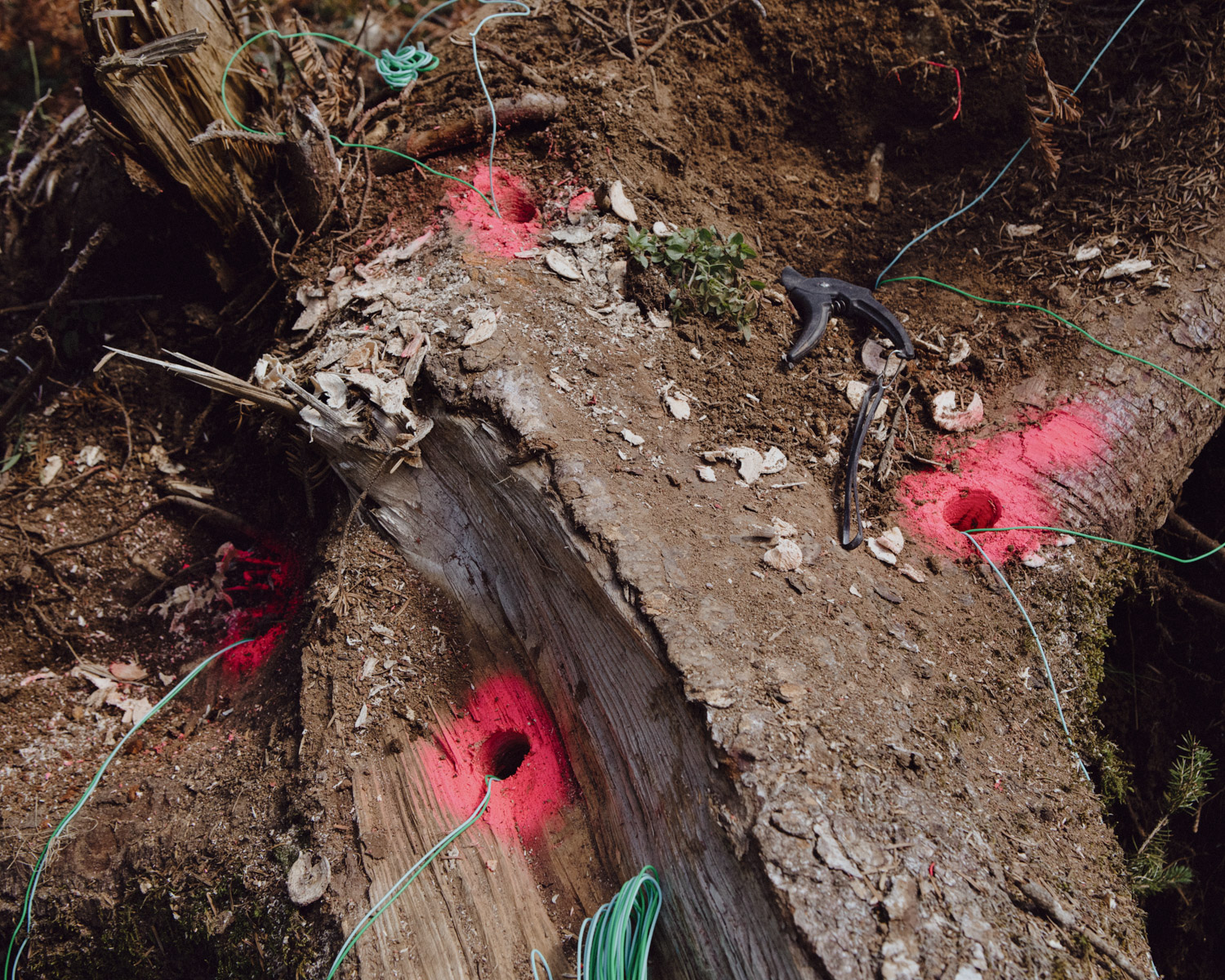

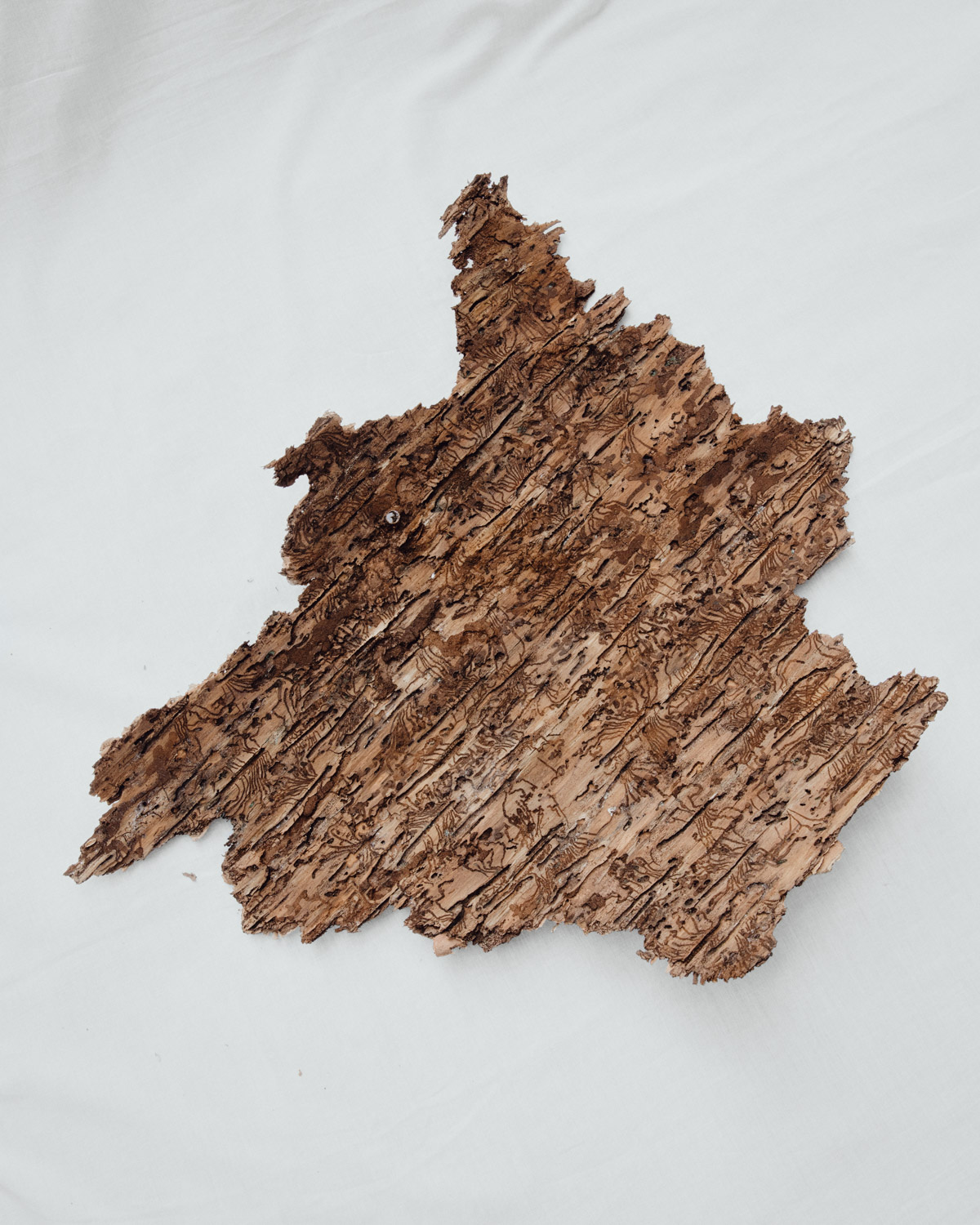
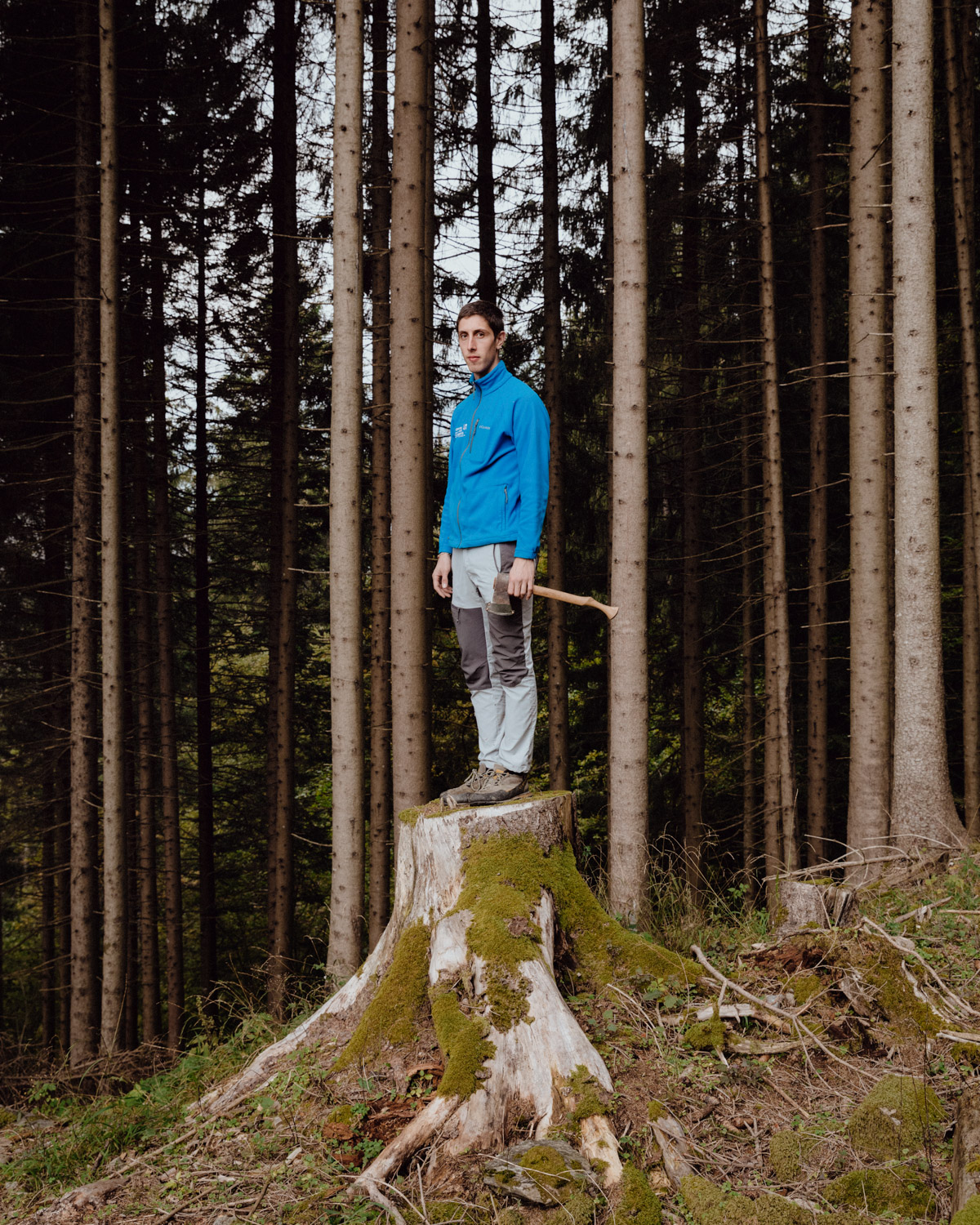

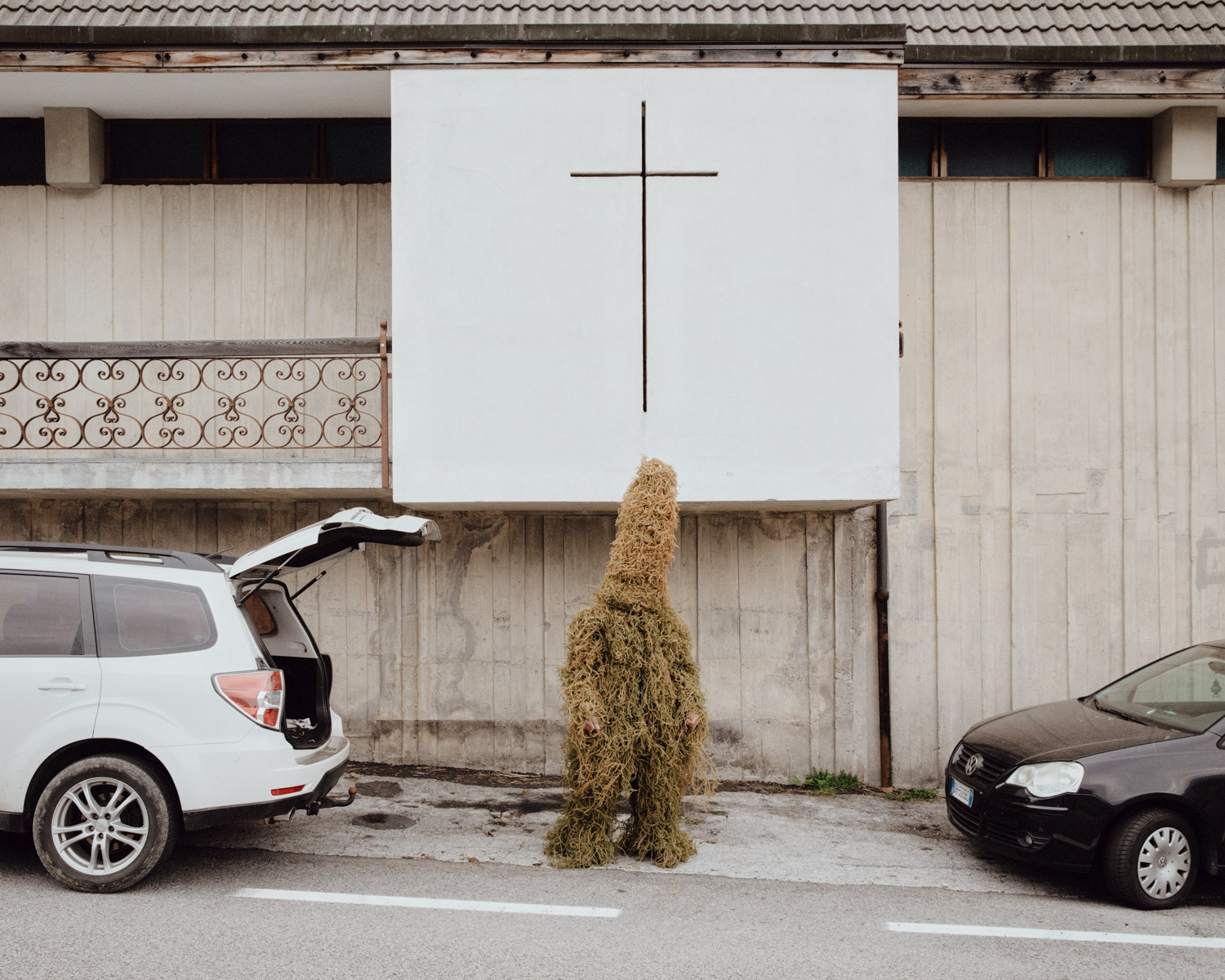


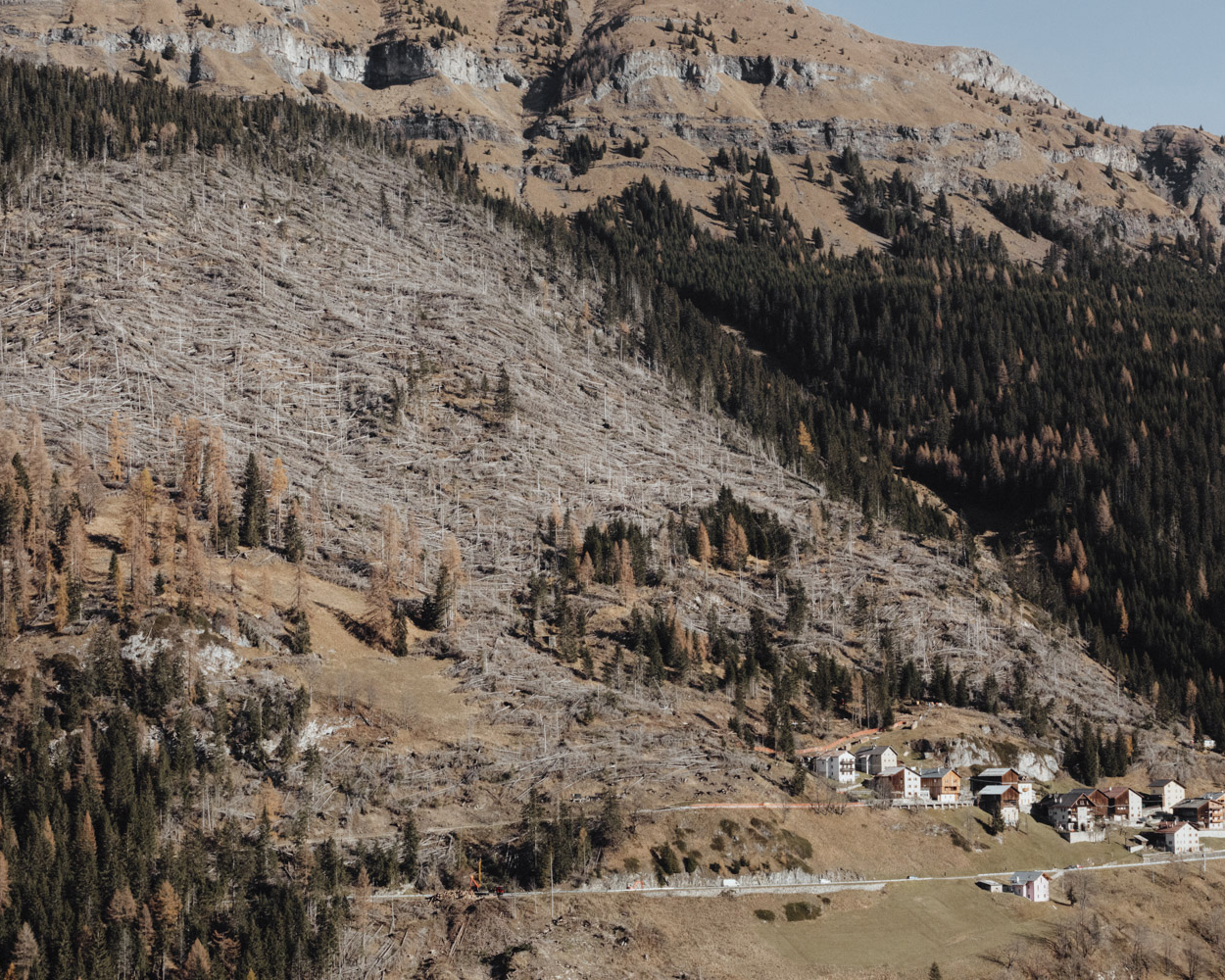

ORDER THE BOOK

Matteo de Mayda
There’s no calm after the storm
Edited by Cosimo Bizzarri
Design and publication by bruno
Cover by Daniel Greenfeld
Photo editing by Daria Scolamacchia
Image toning by Melissa Pallini
Printed by Grafiche Veneziane in October 2024
144 Pages
17x22 cm
Hardcover, cloth-bound, with silk-screen printing
-

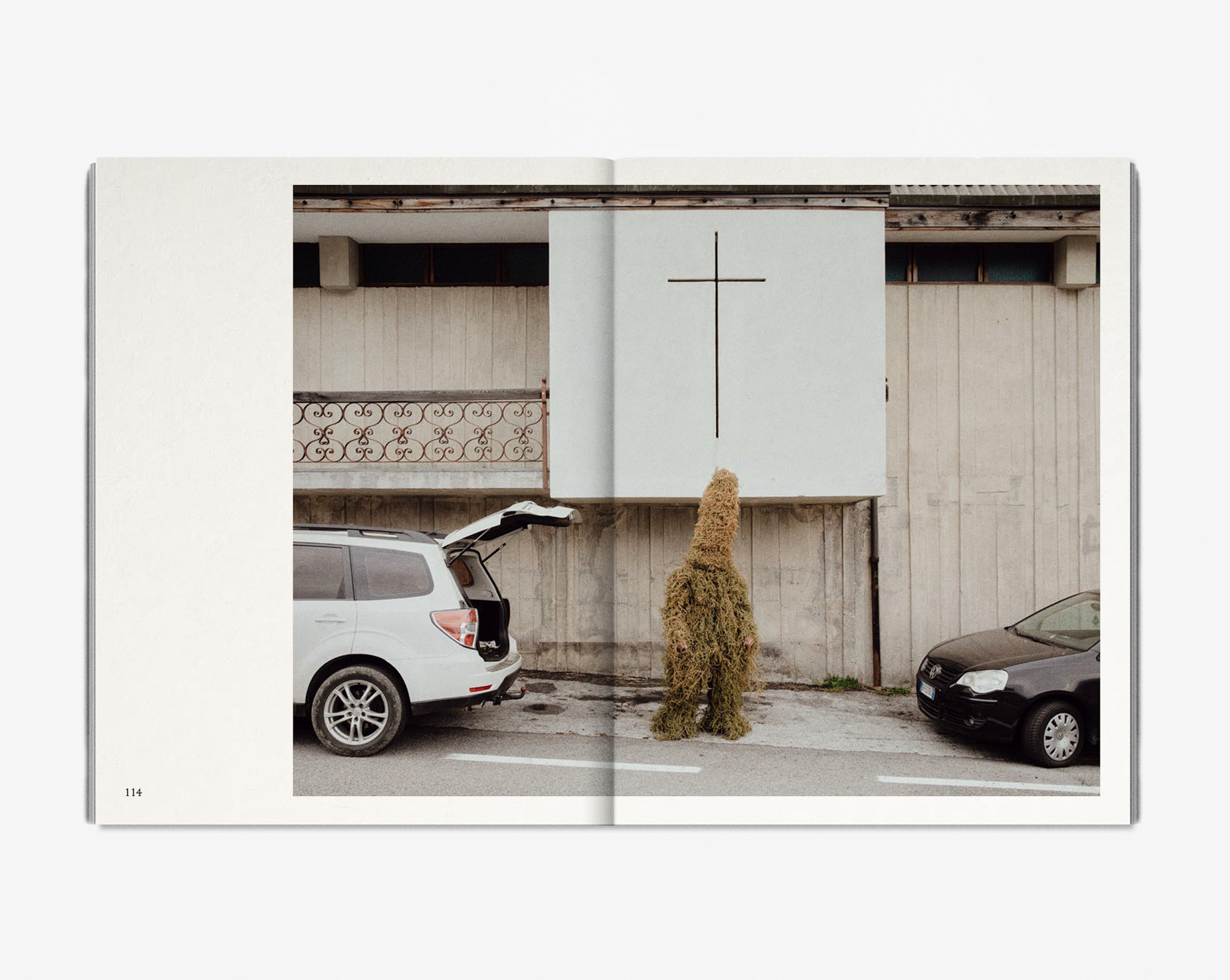

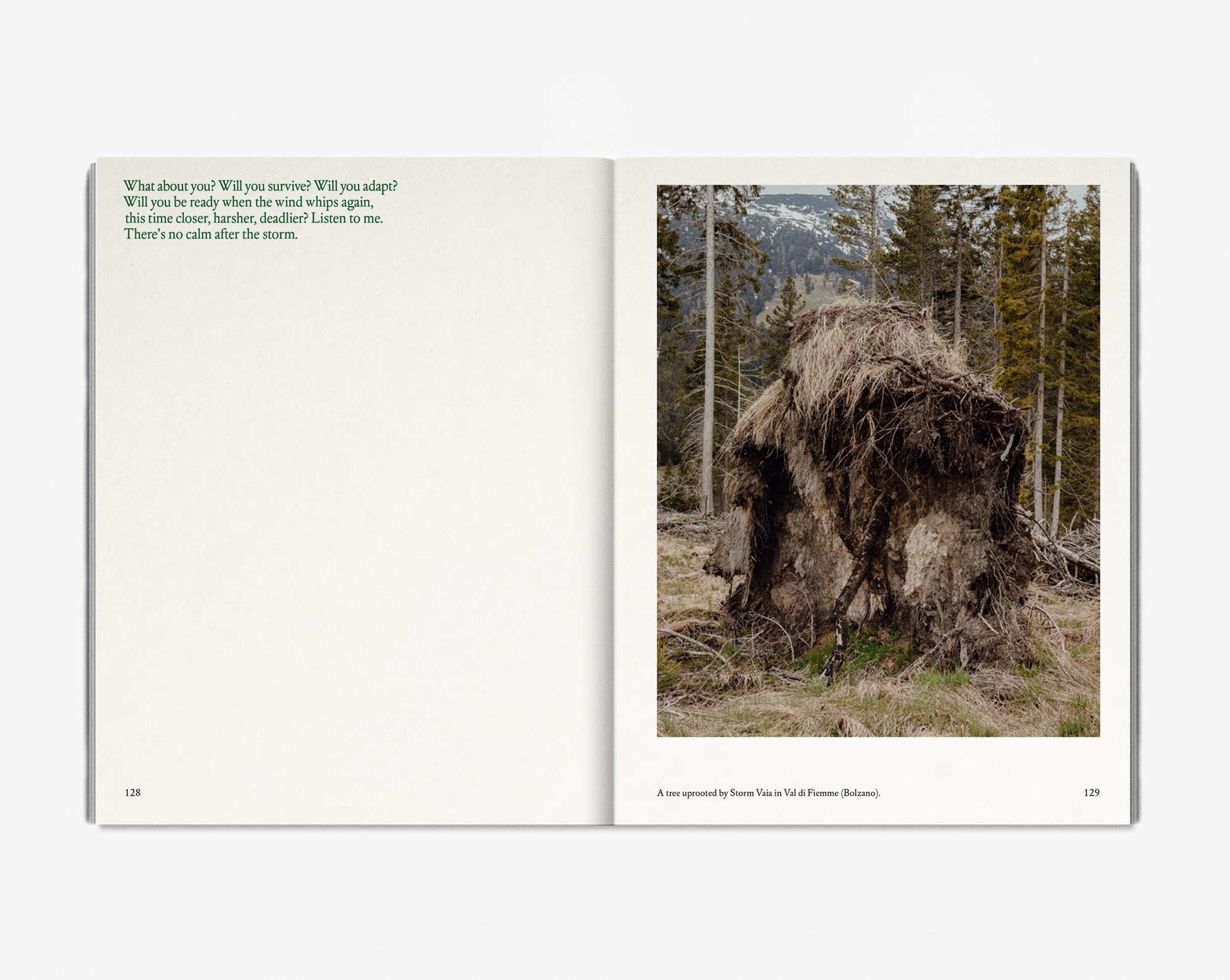

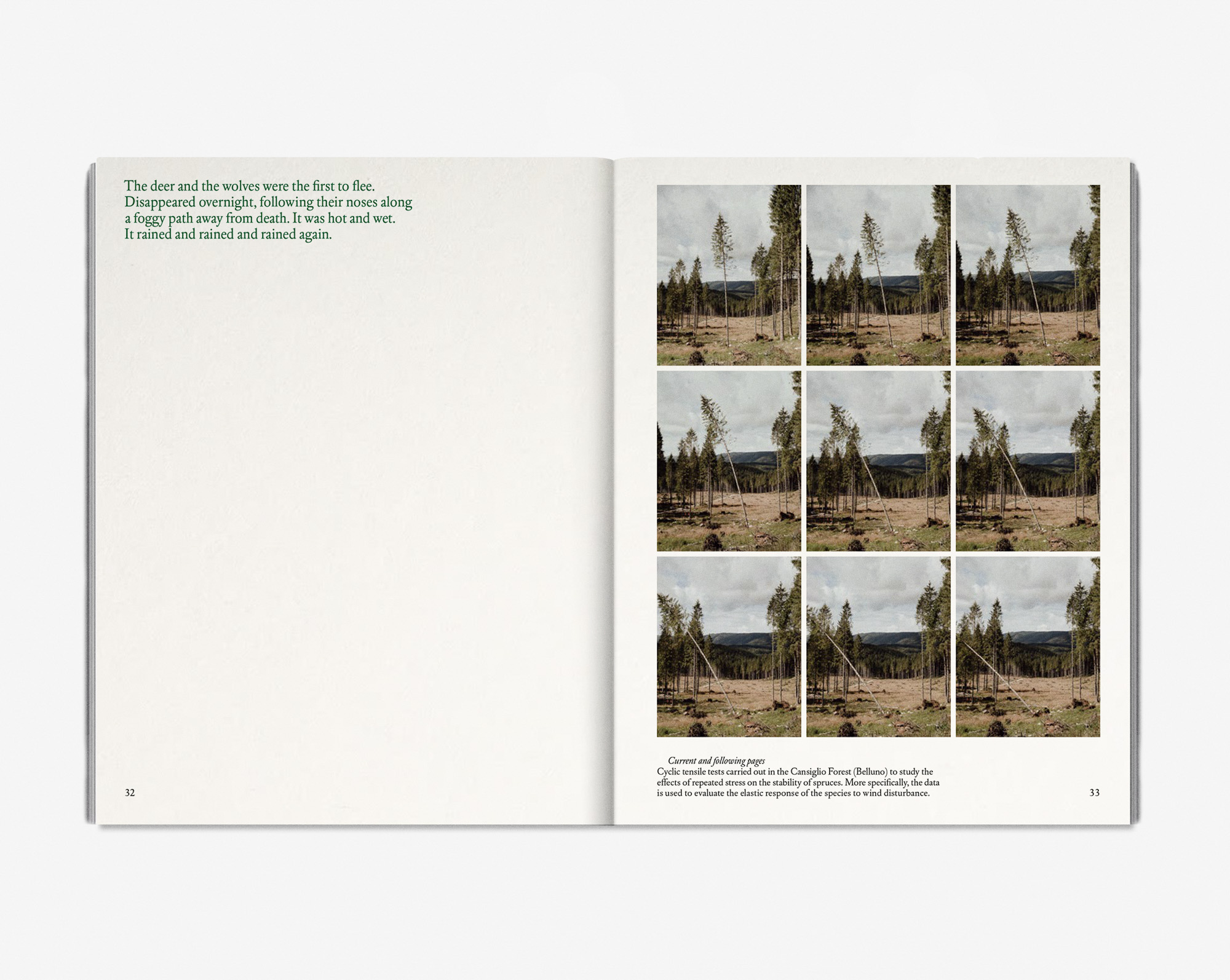
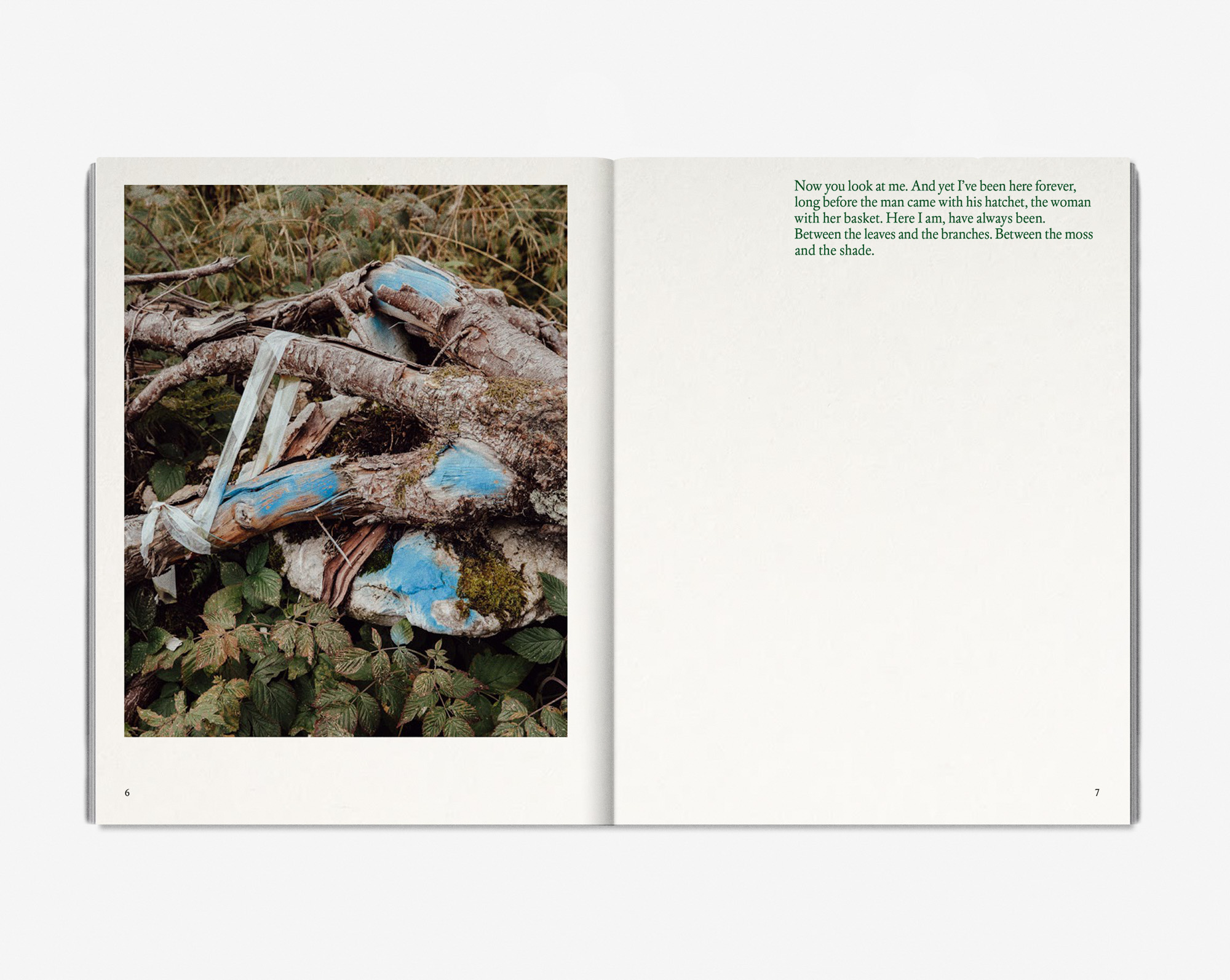
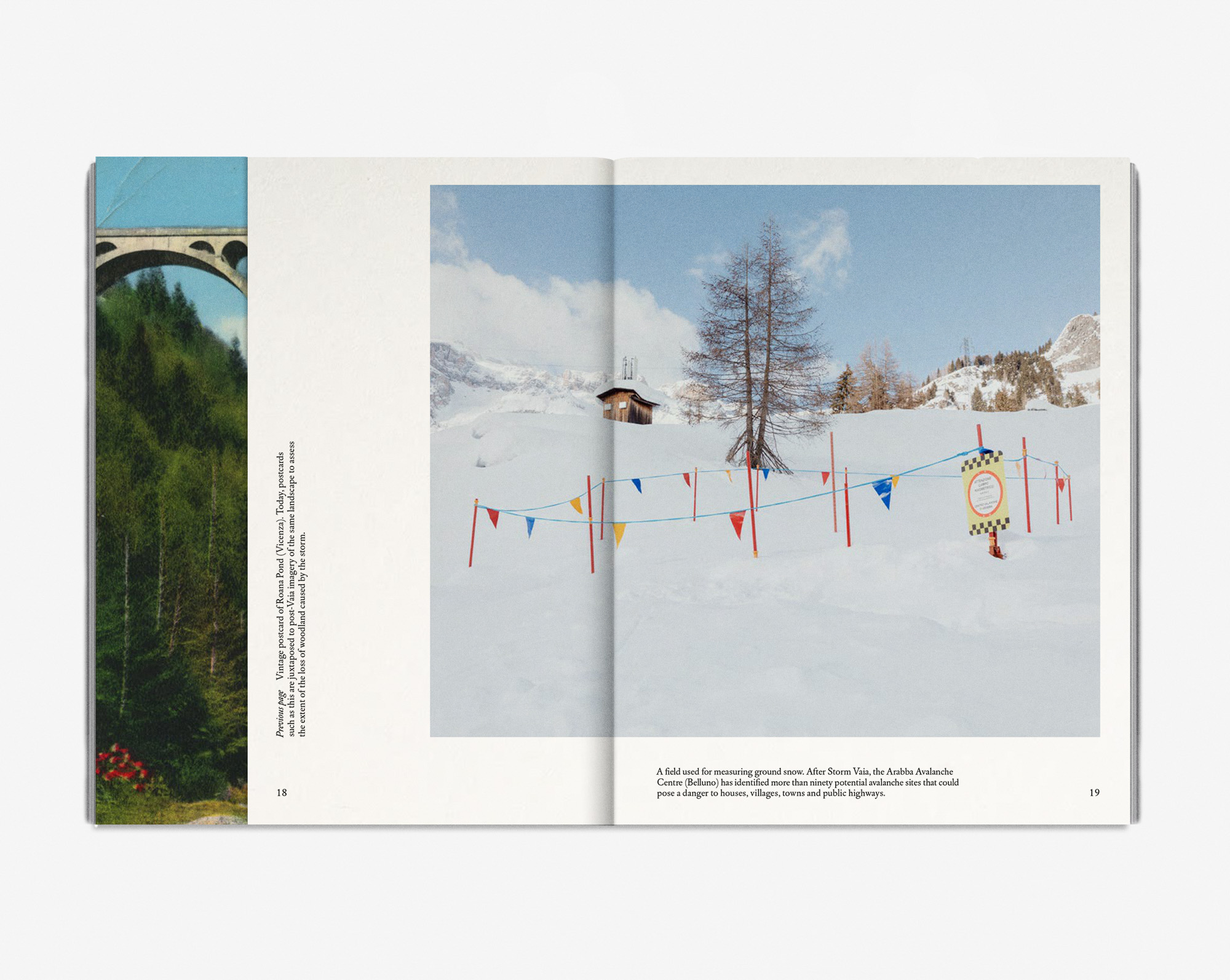

FOTOGRAFIA EUROPEA EXHIBITION VIEW

